Belgrade -
2014
We visited Serbia on our 48-day Melbourne – Dubai – Dublin – Ireland – Amsterdam –
Rhine-Main-Danube River cruise – Istanbul – Dubai - Melbourne trip in June 2014.
On day 23 of our 27-day Rhine-Danube River cruise we stopped off at Belgrade.
We spent a day in Serbia.
Belgrade is the capital of Serbia.
Belgrade means "white fortress" or "white town" from the nearby white cliffs.
Romans, Serbs, Ottomans and Hapsburgs have occupied th city in the past.
Belgrade was badly damaged during the wars involving the breakup of Yugoslavia in the 1990s.
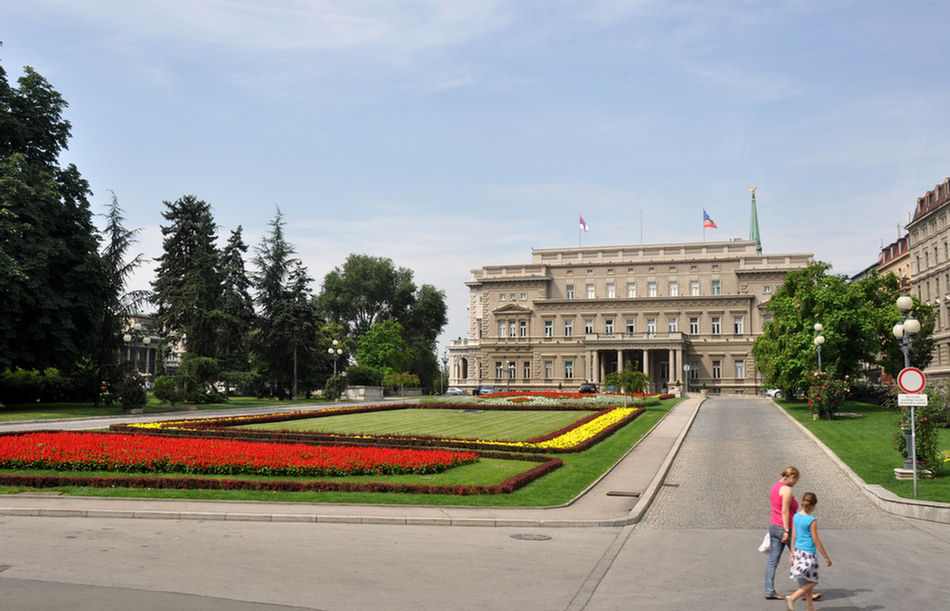
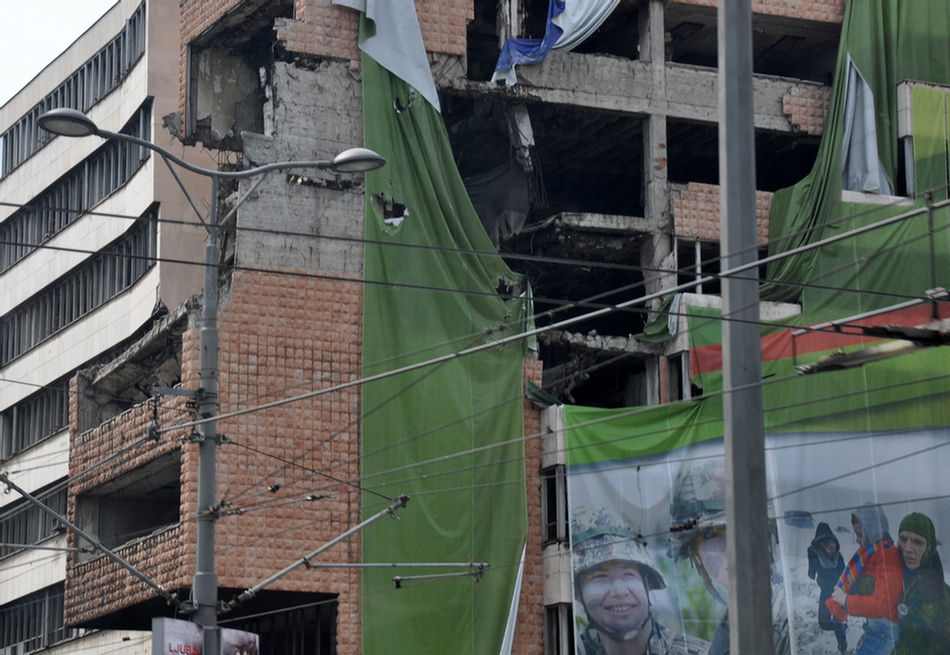
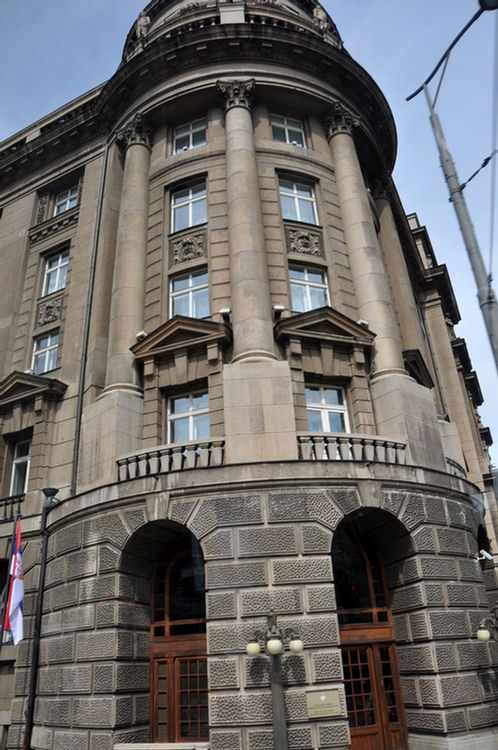
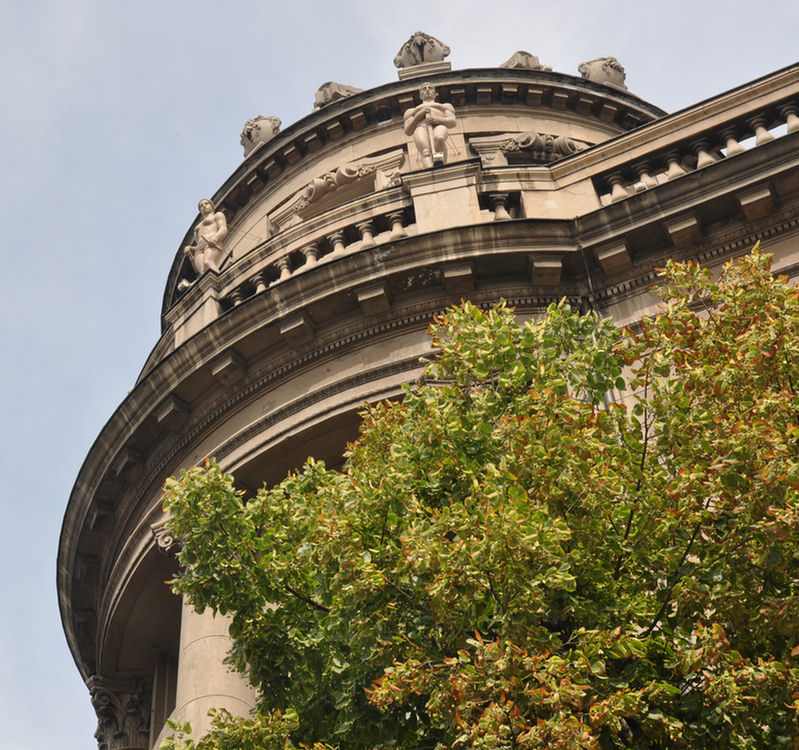
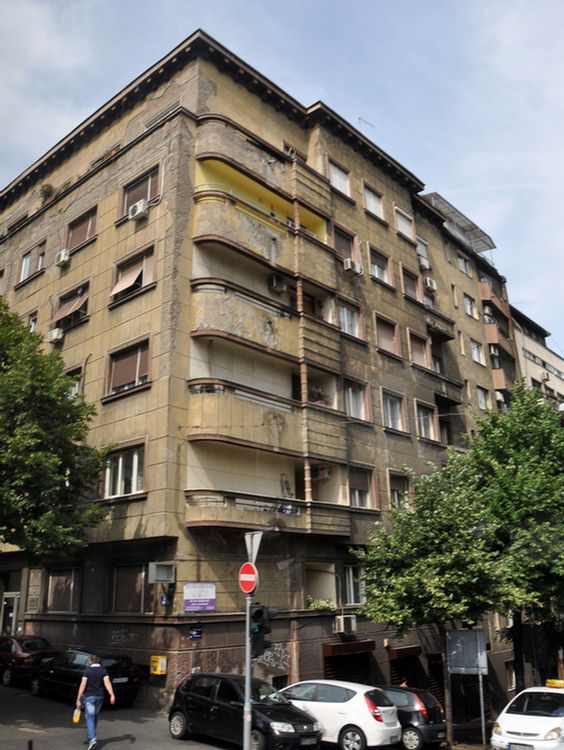
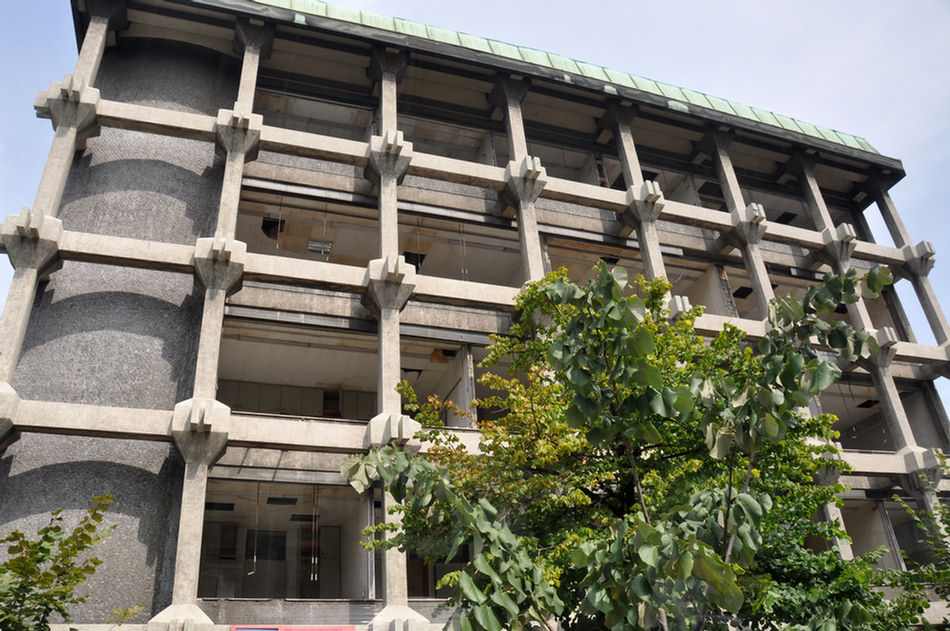
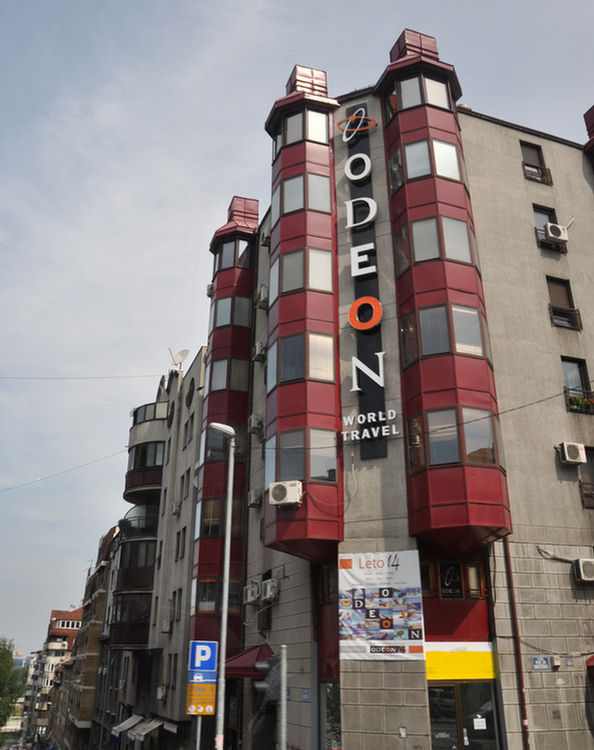
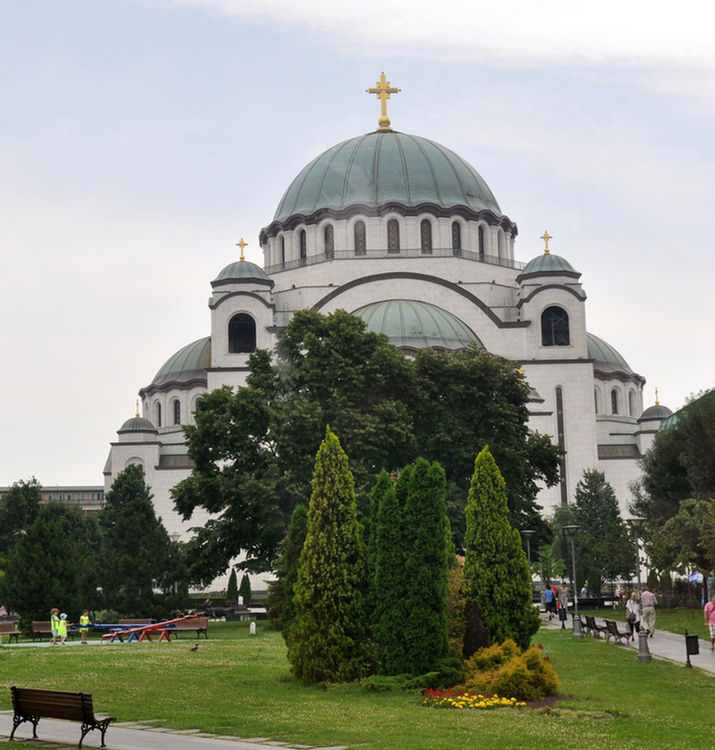
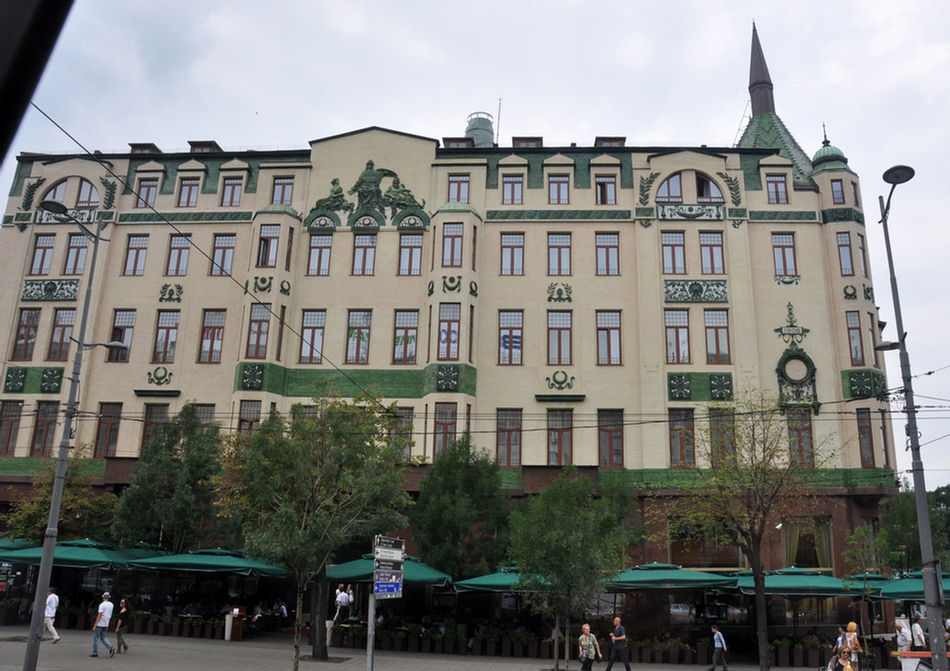
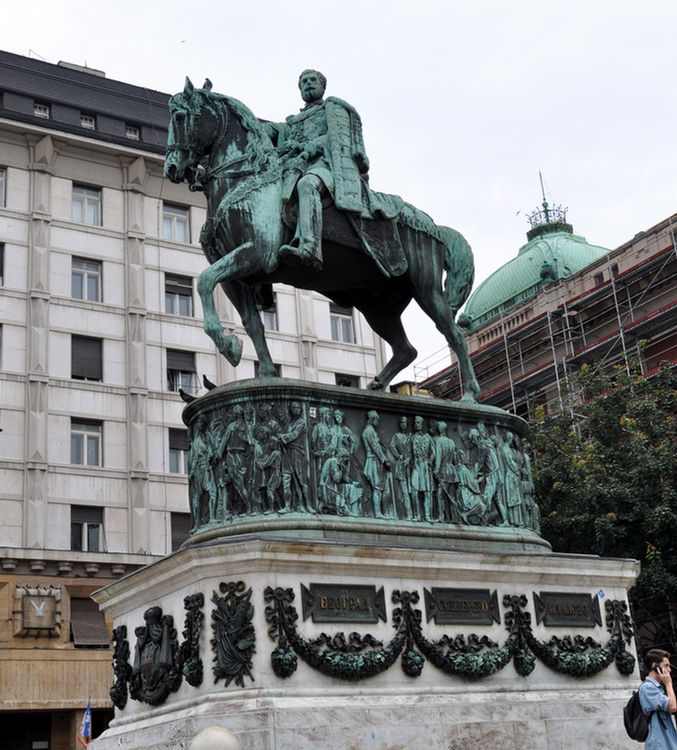
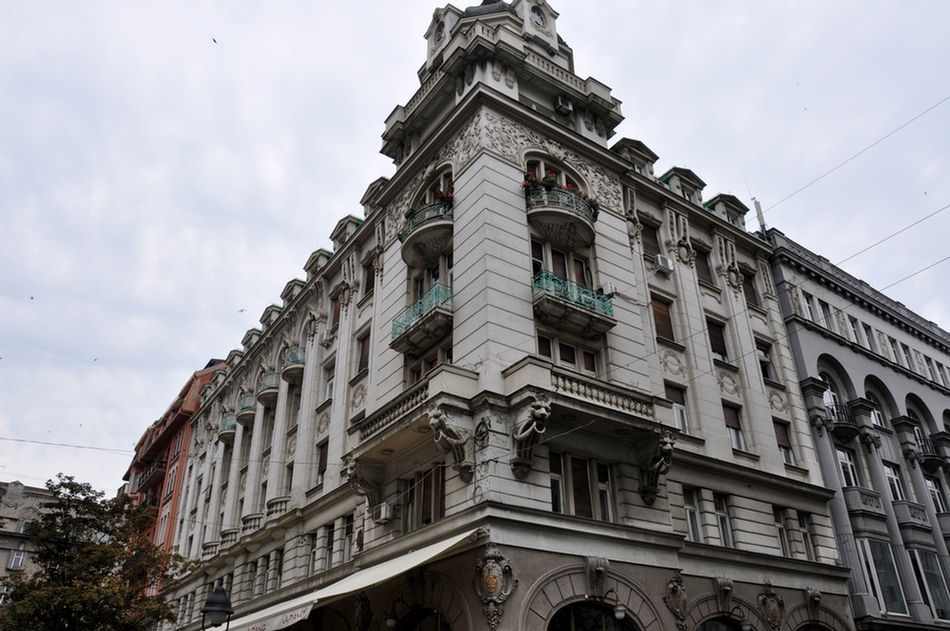
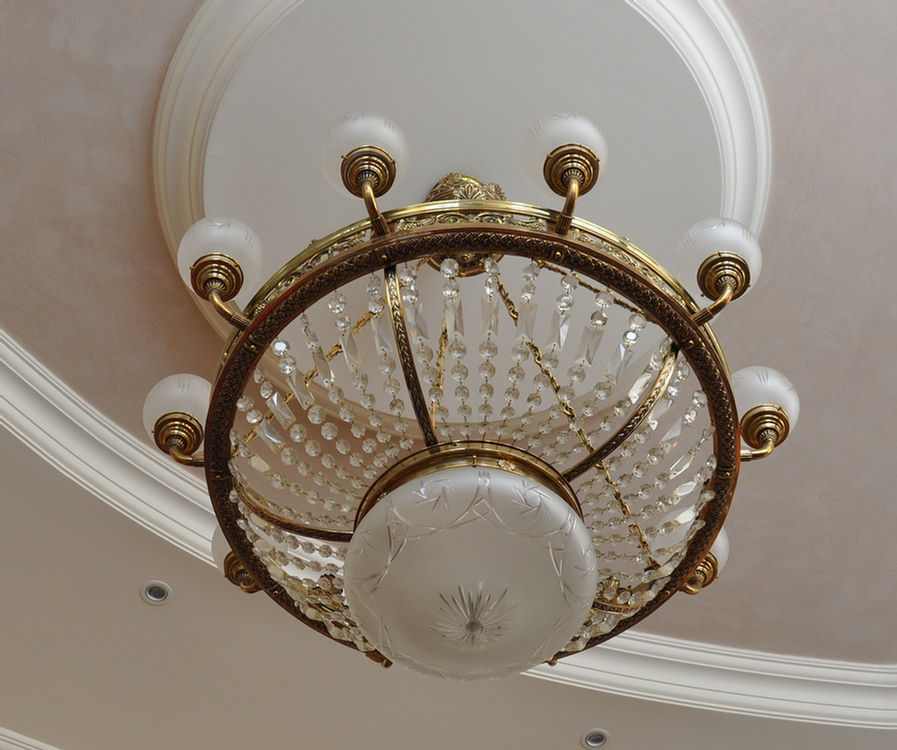
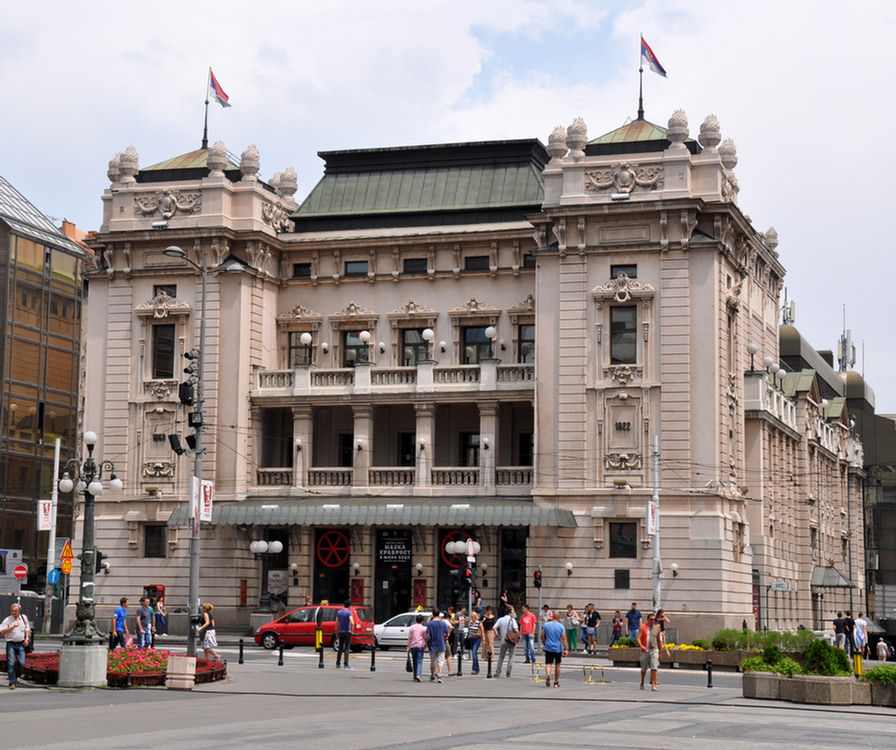
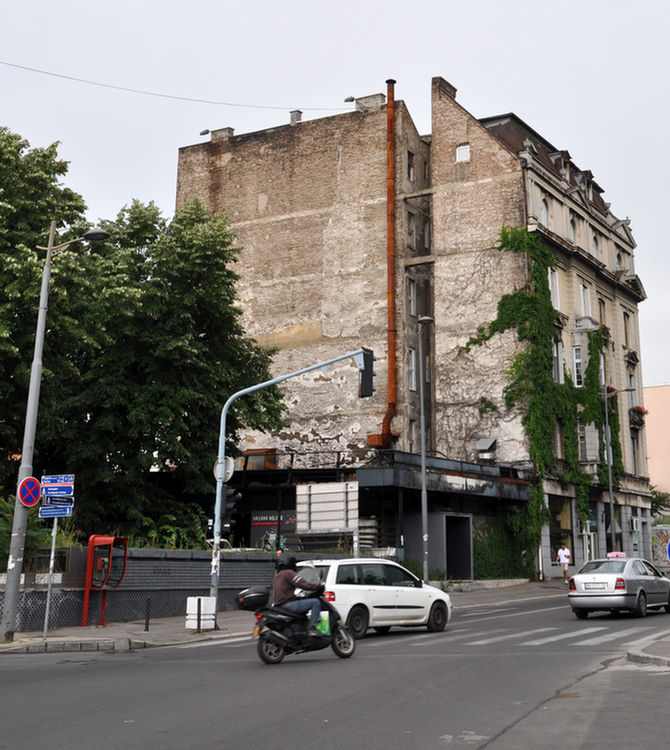
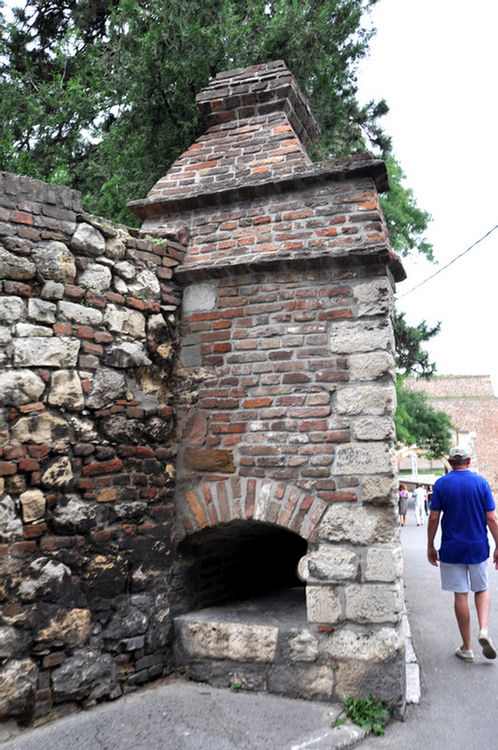
We visited the Kalemegdan Fortress on the confluence of the Danube River and the Sava River.
Belgrade is located on the Danube River near where there are pathways through the mountain ranges,
so it is in a very strategic position.
Belgrade has been captured 43 times in its history!
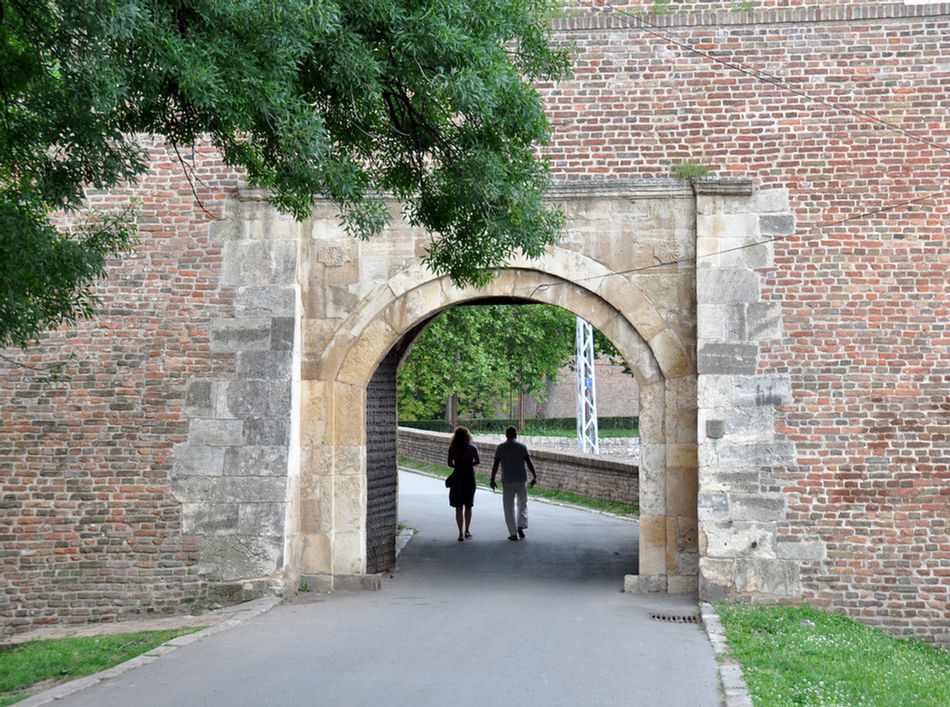
They have used the former moats for their tennis courts
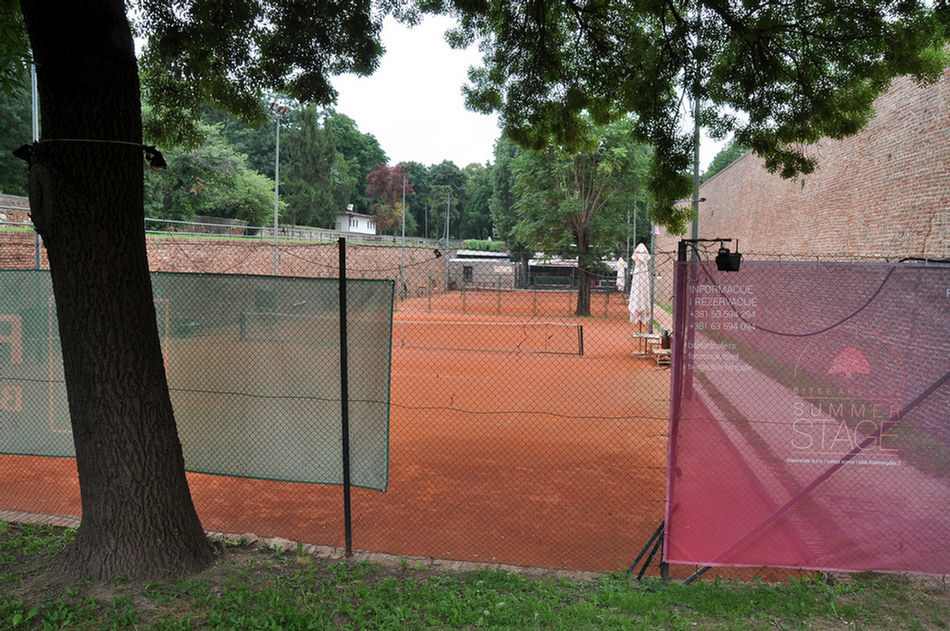
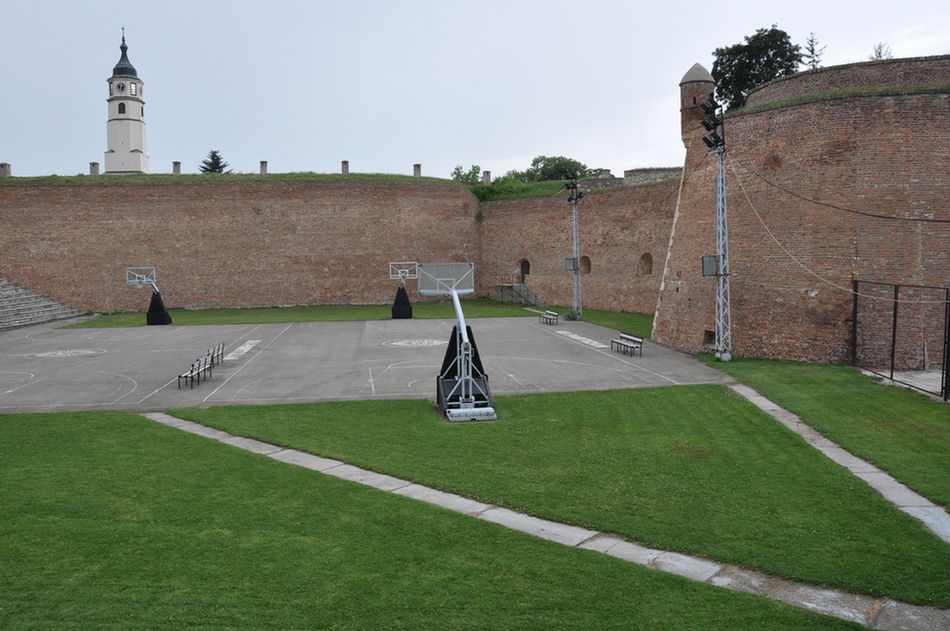
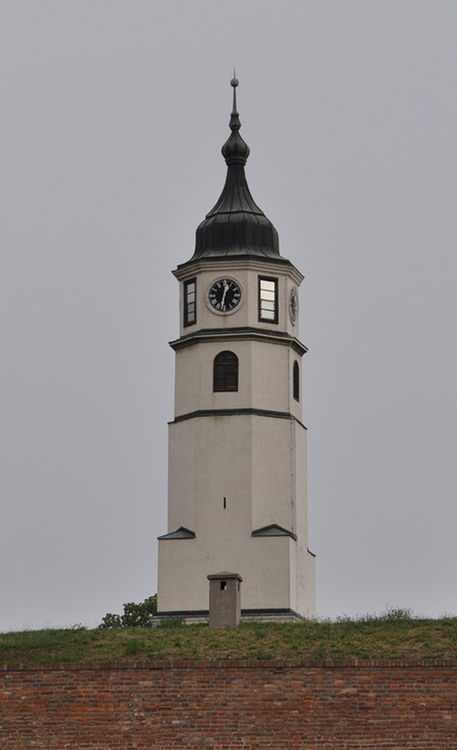
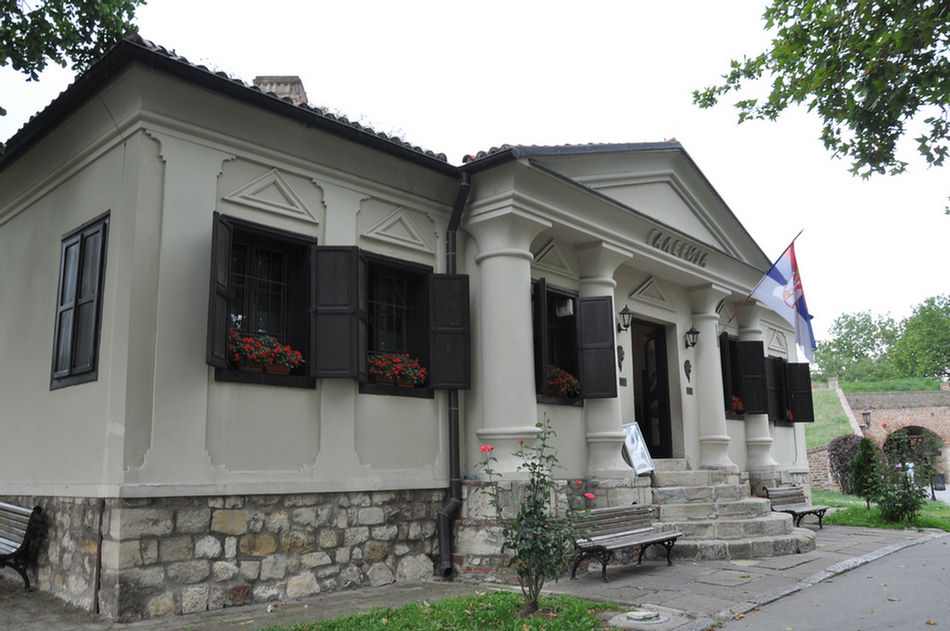
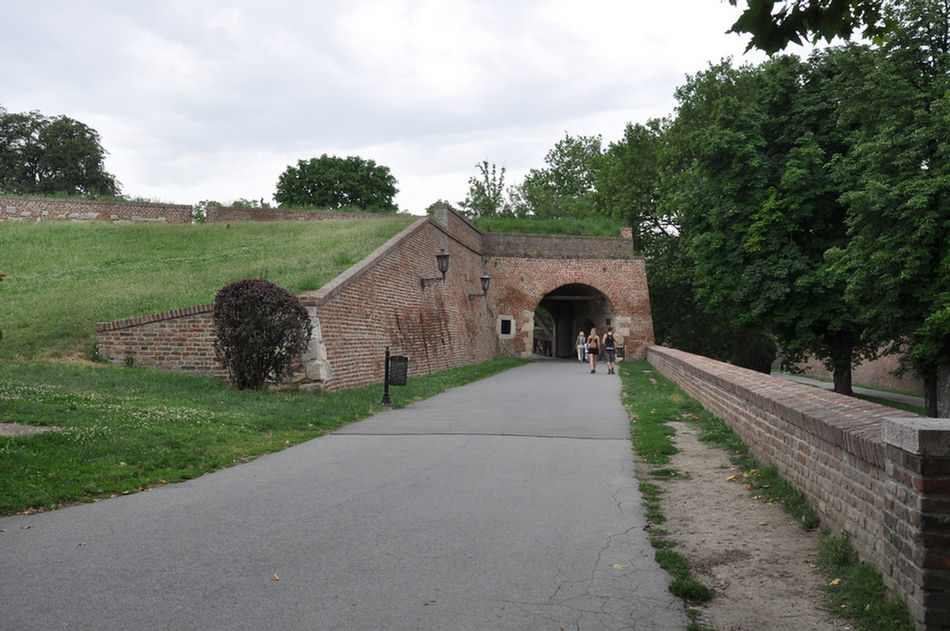
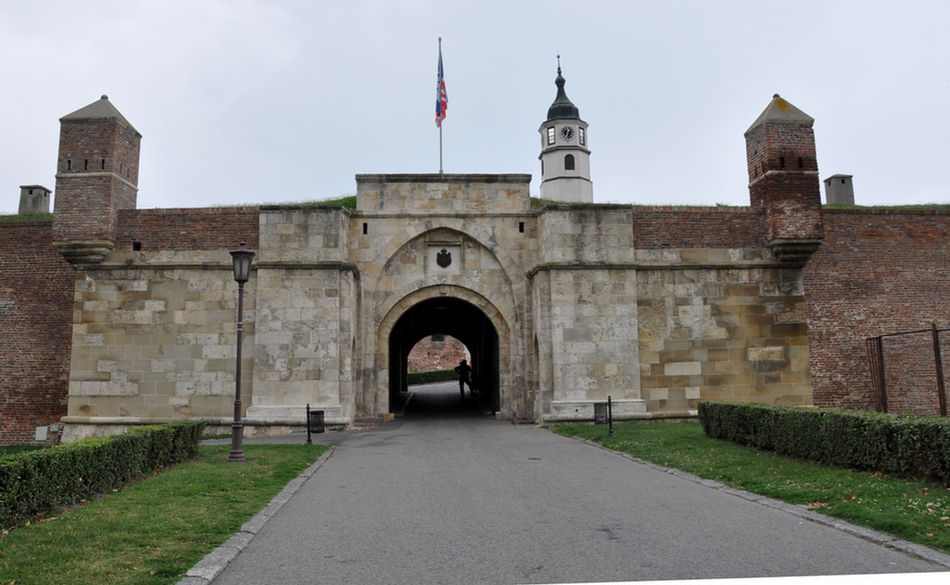
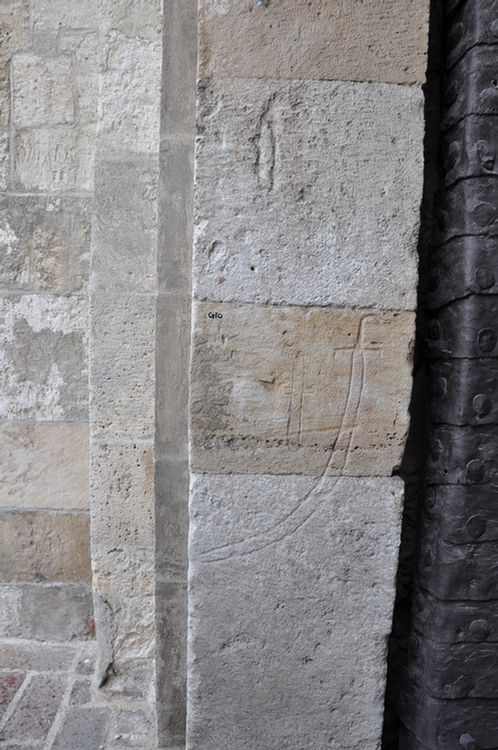
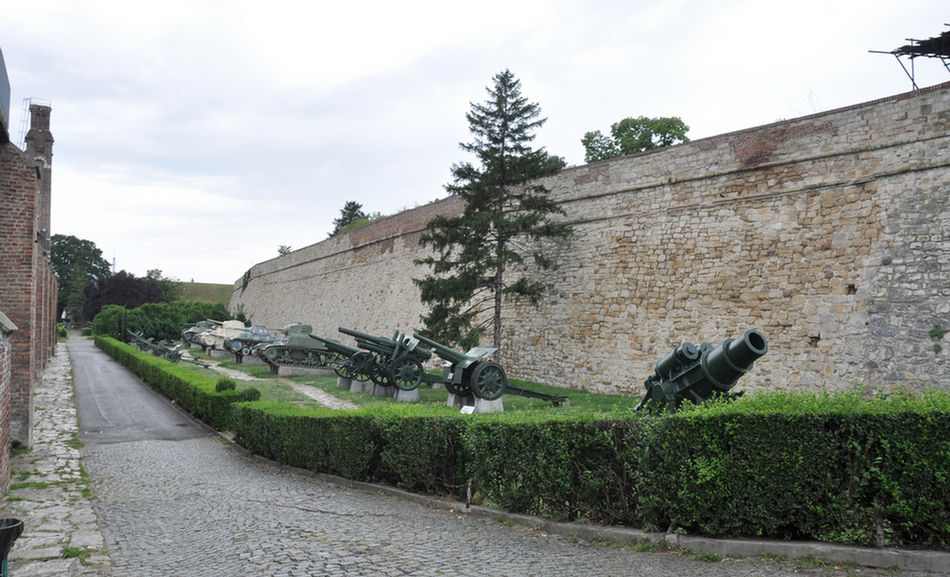
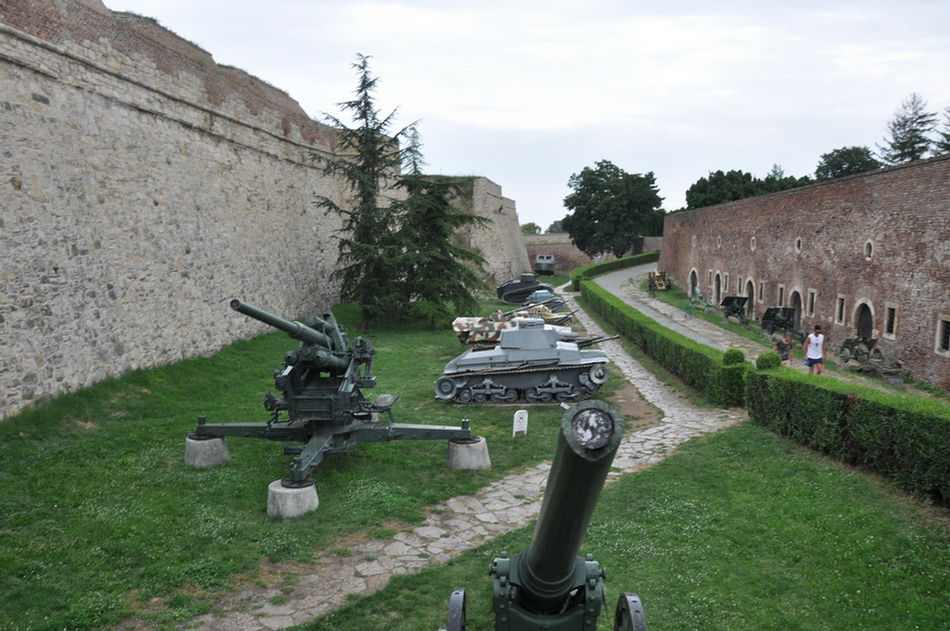
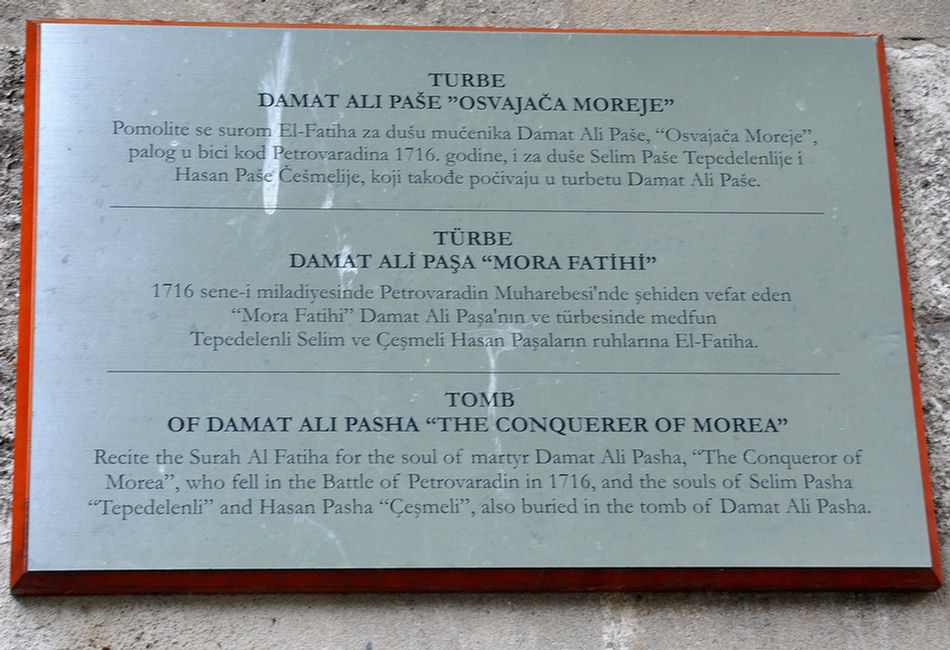
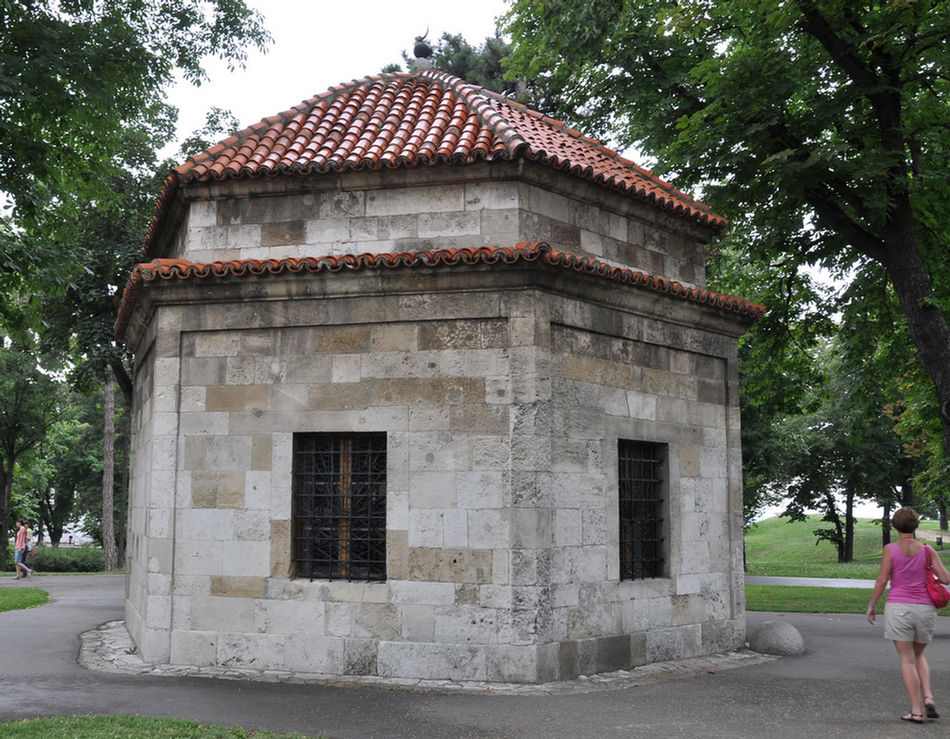
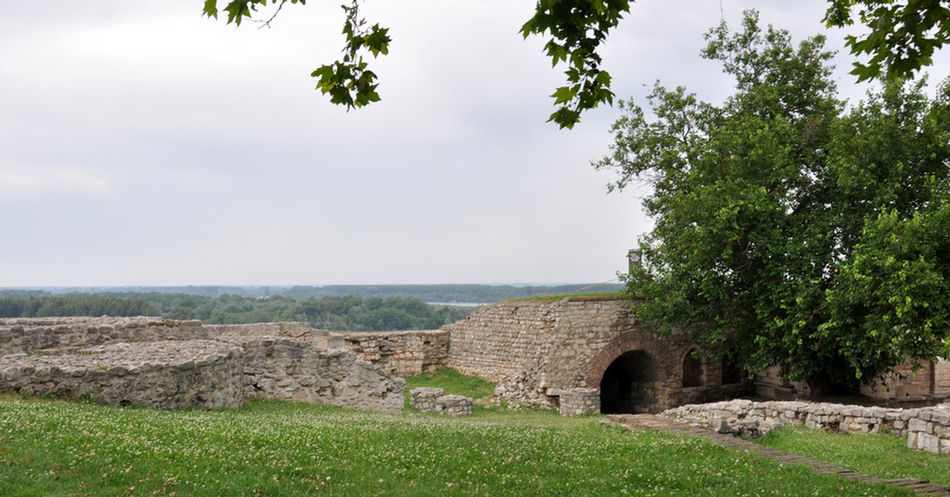
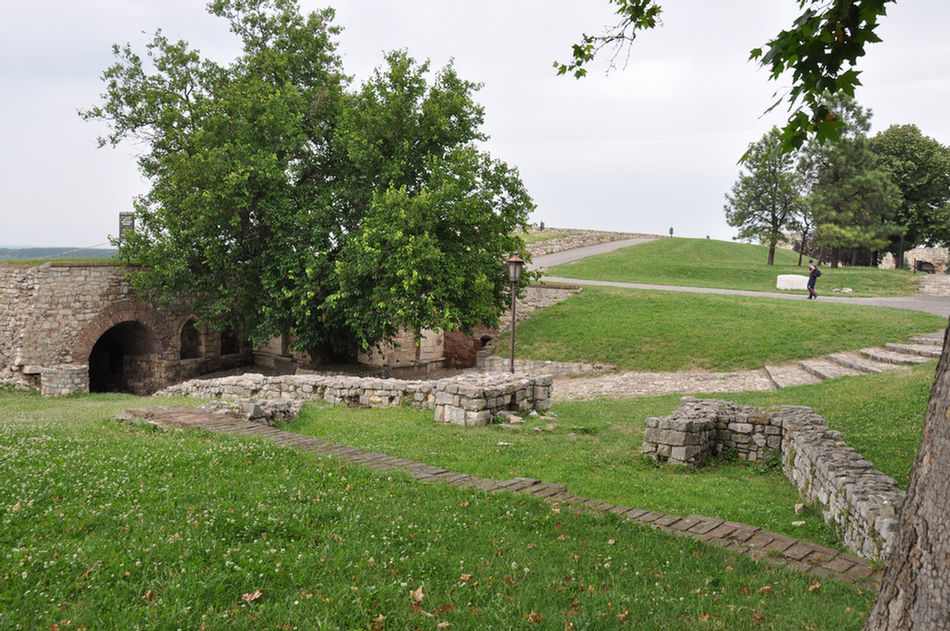
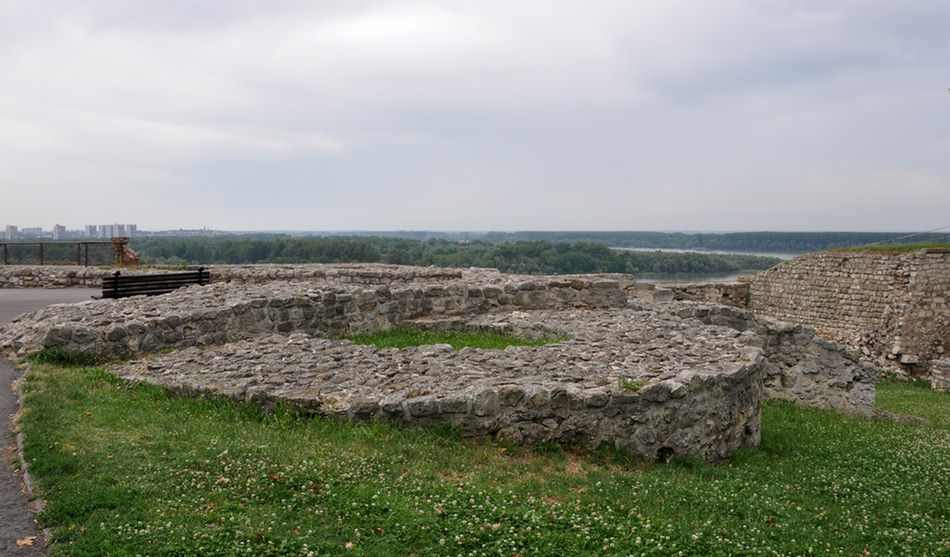
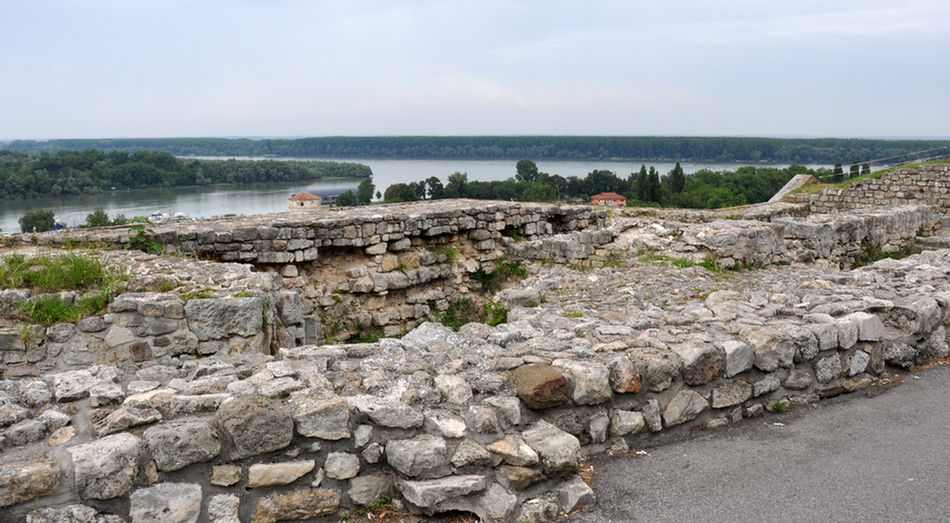



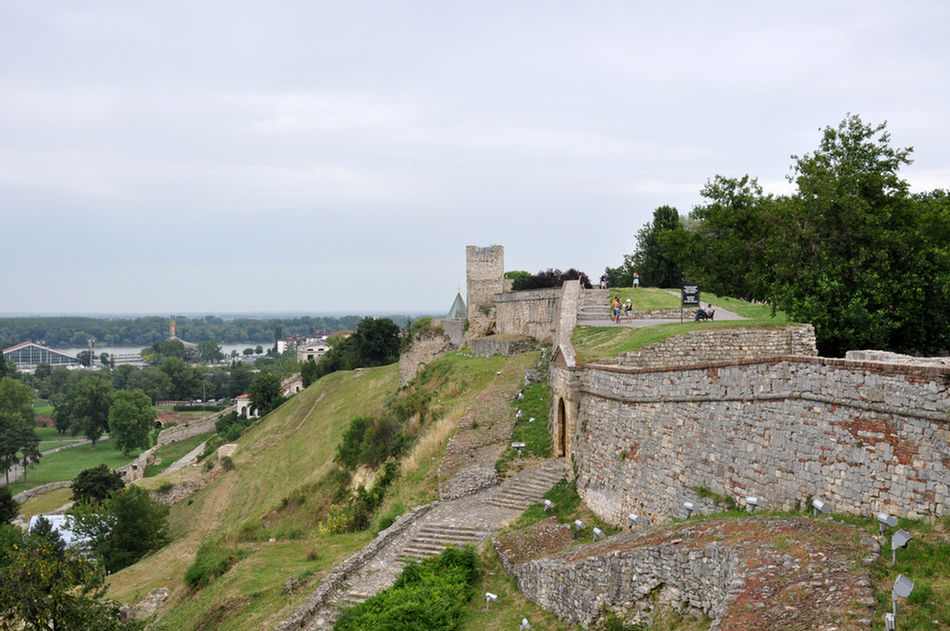
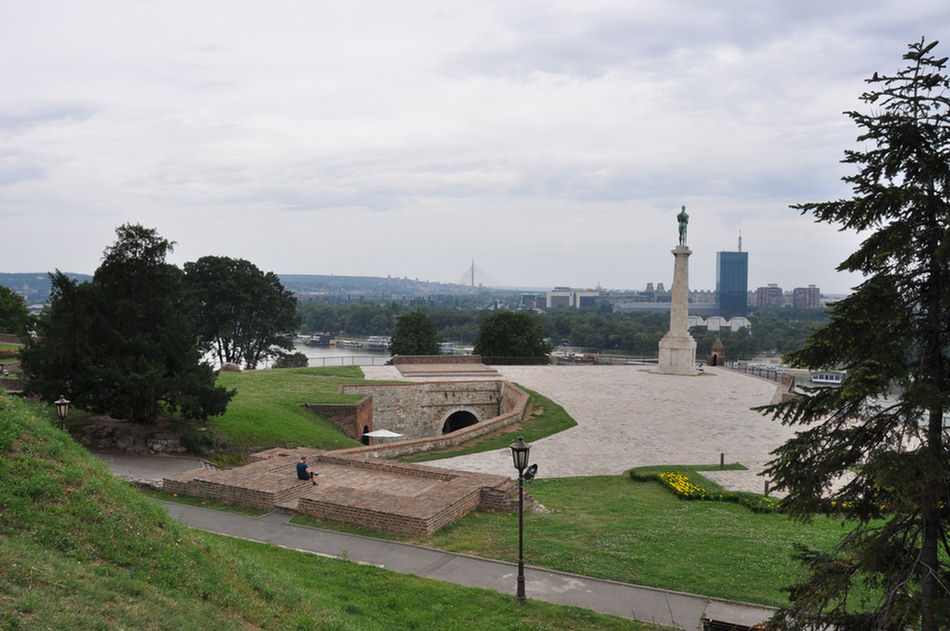
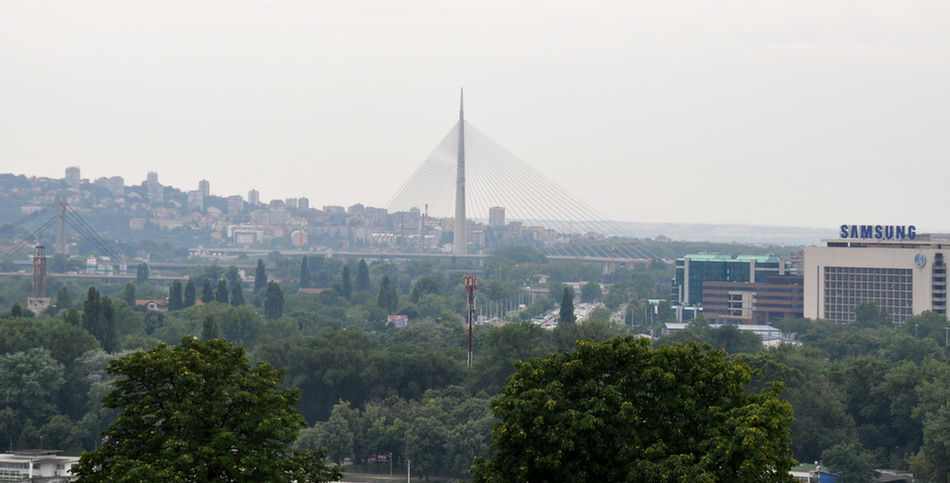
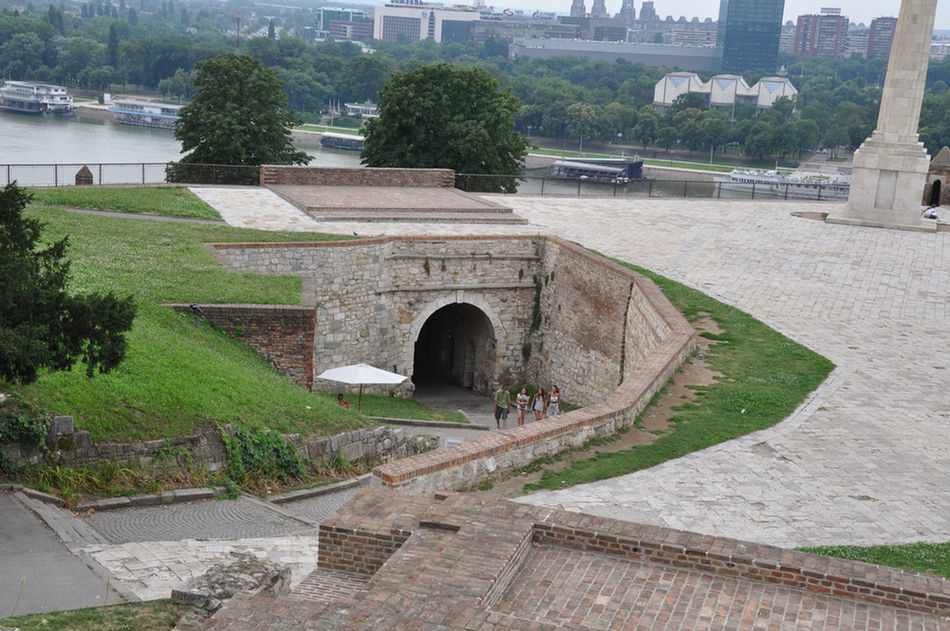
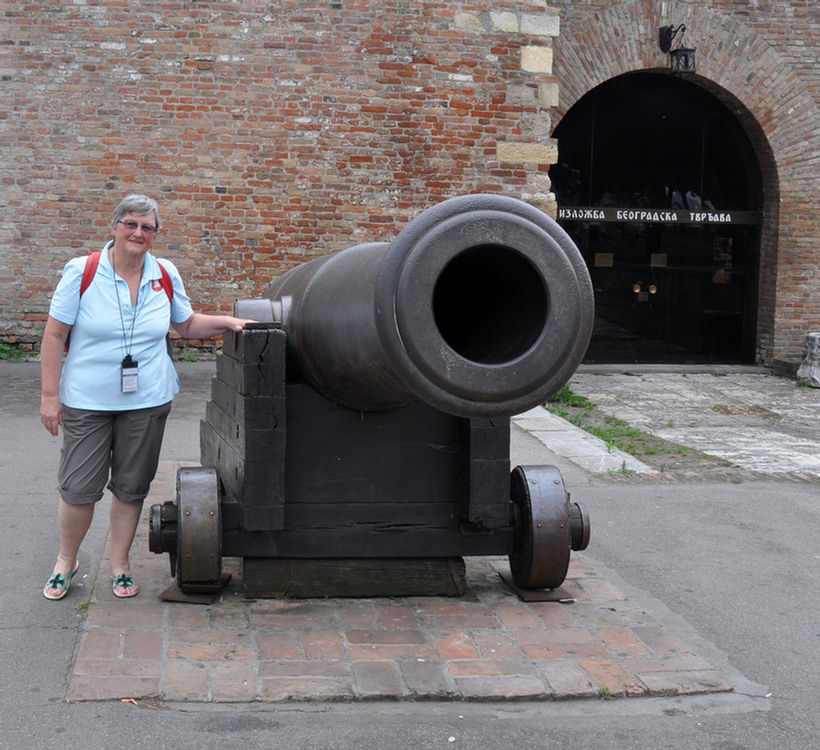
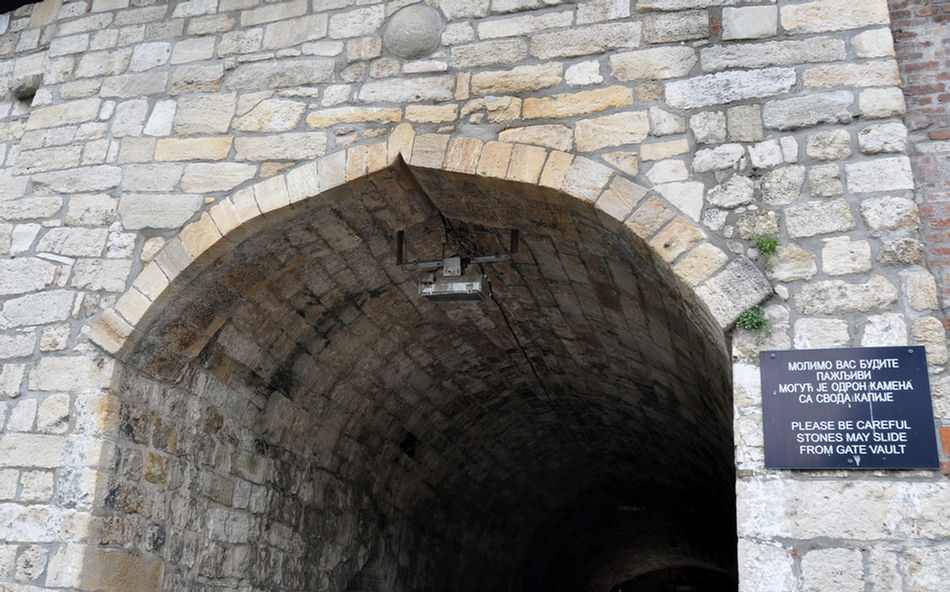
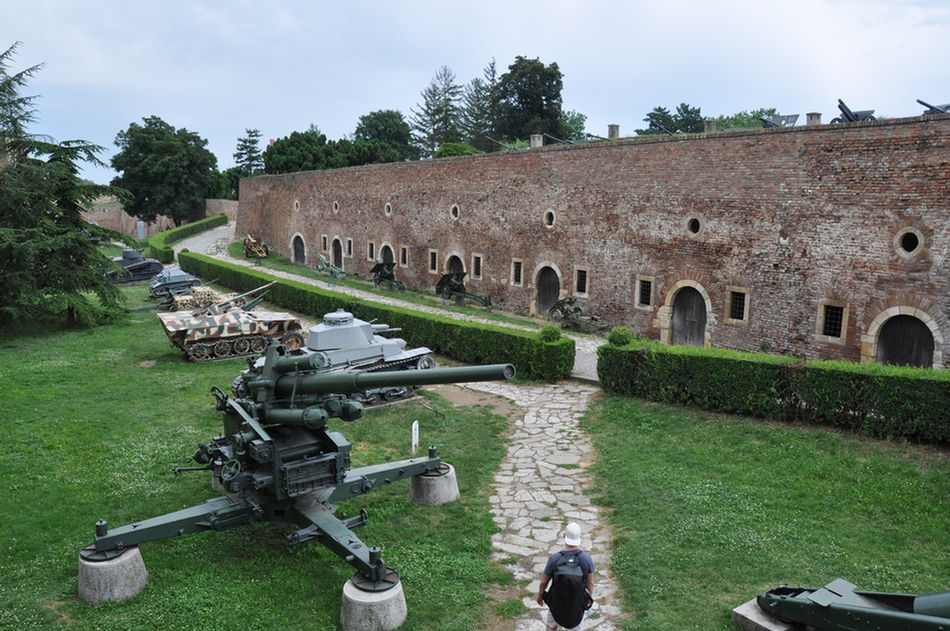
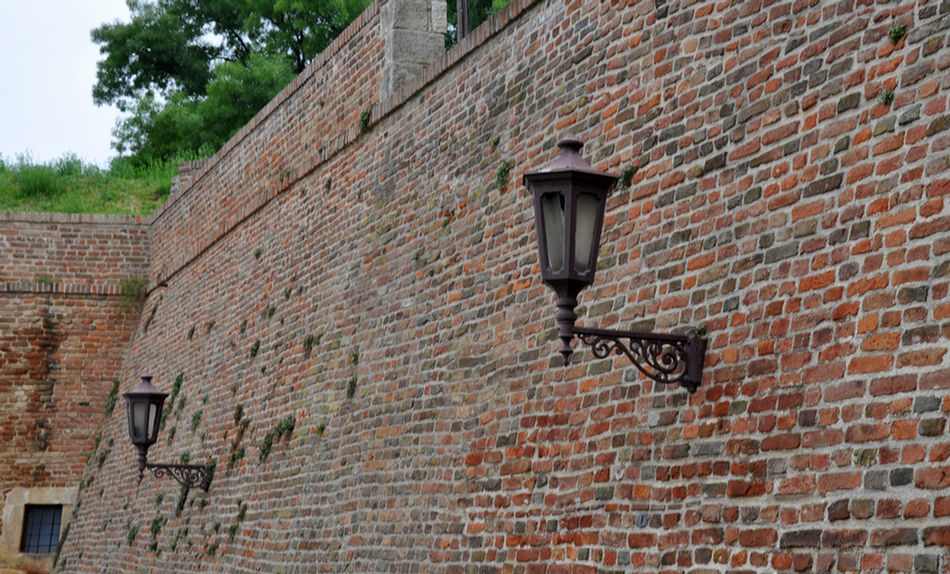
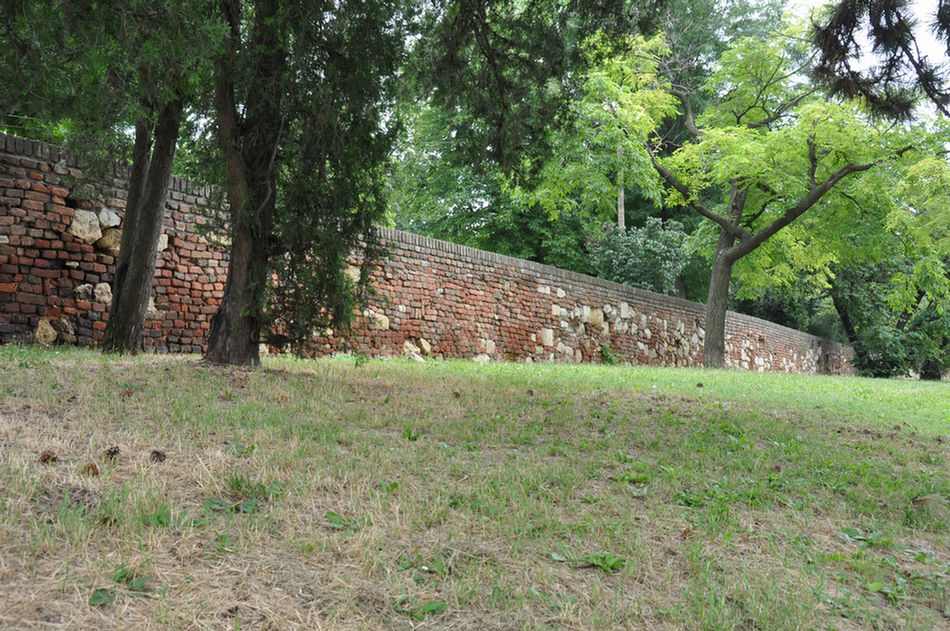
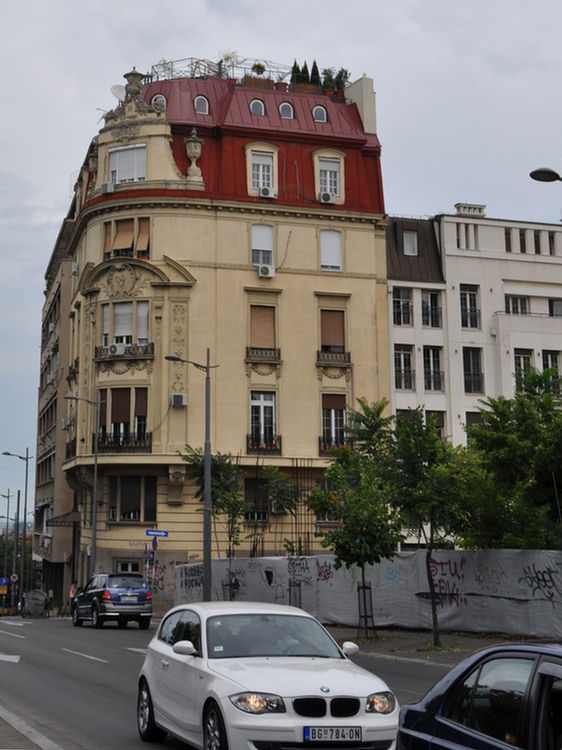
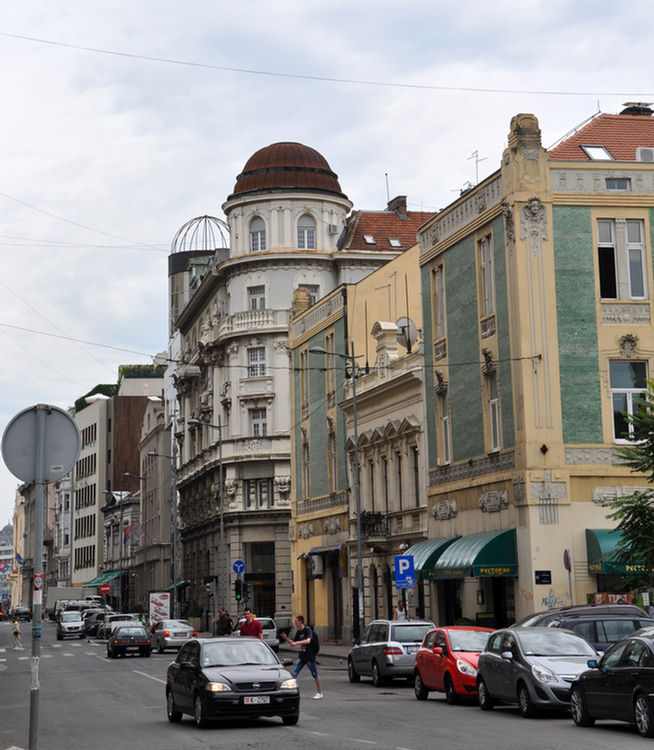
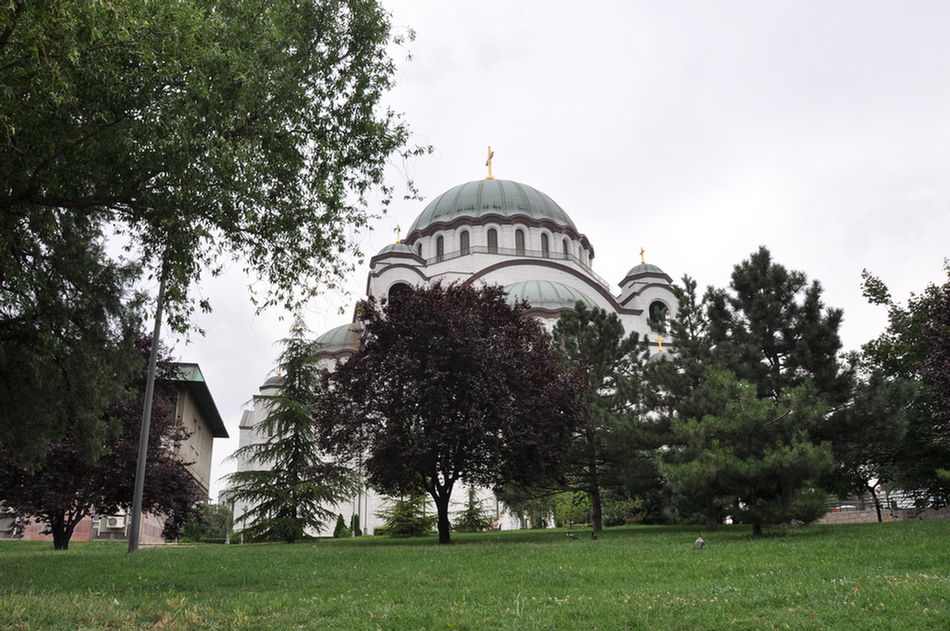
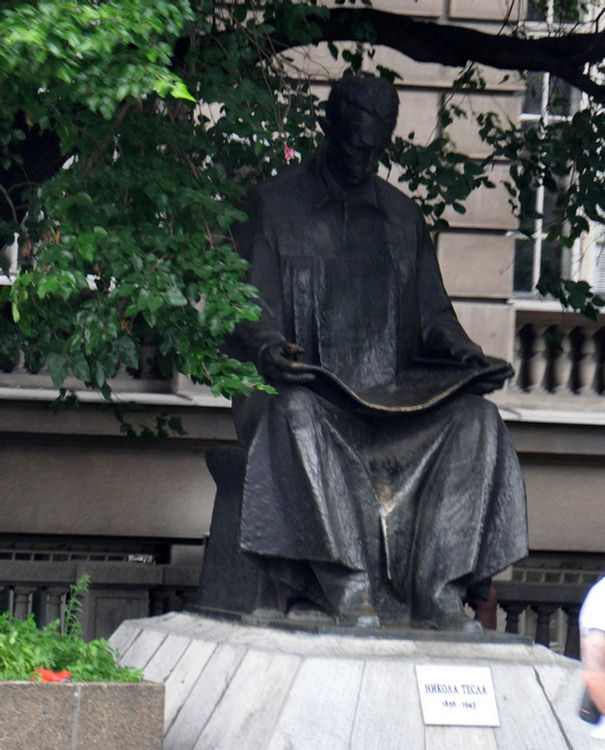
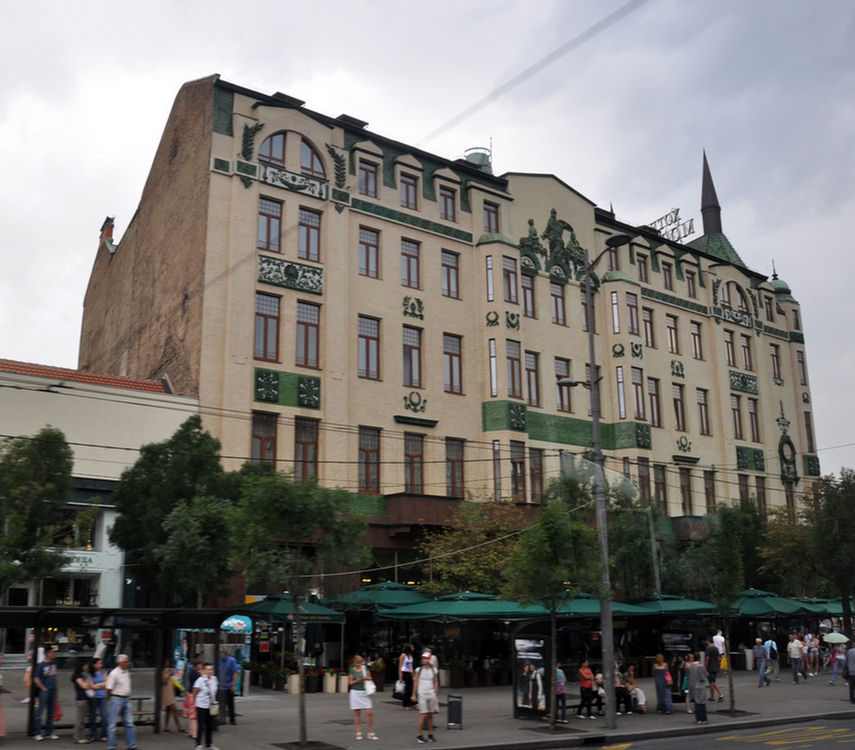
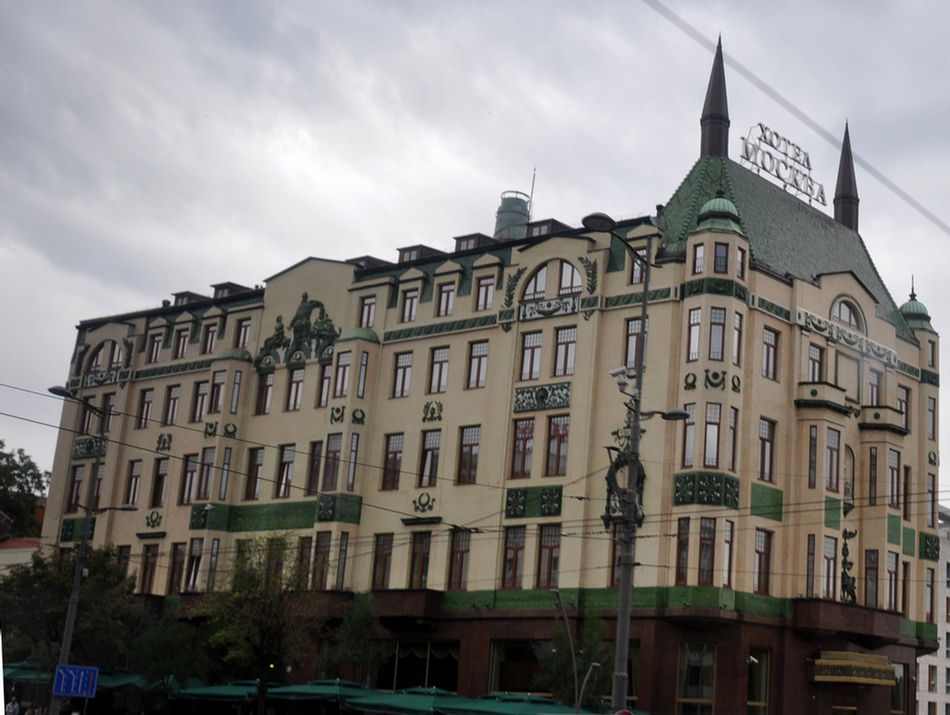
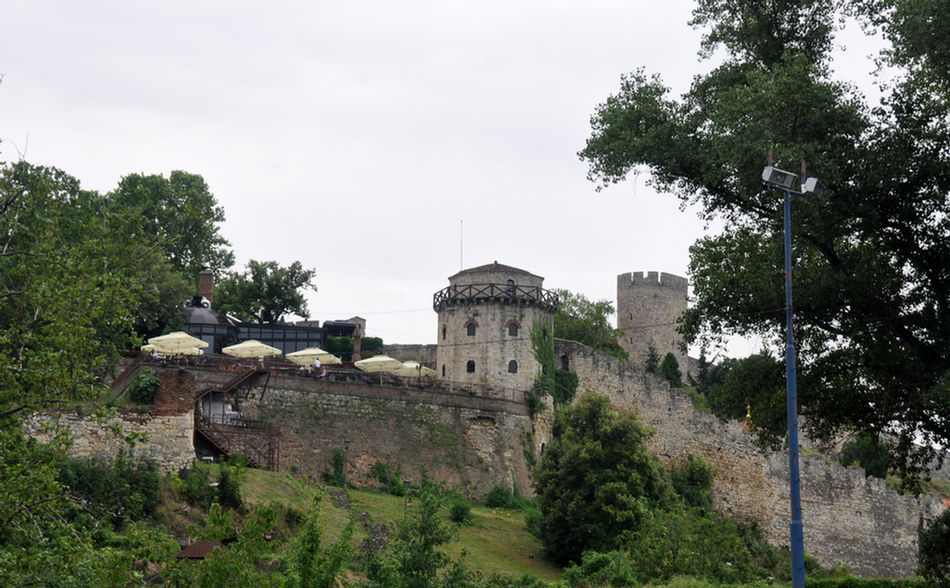
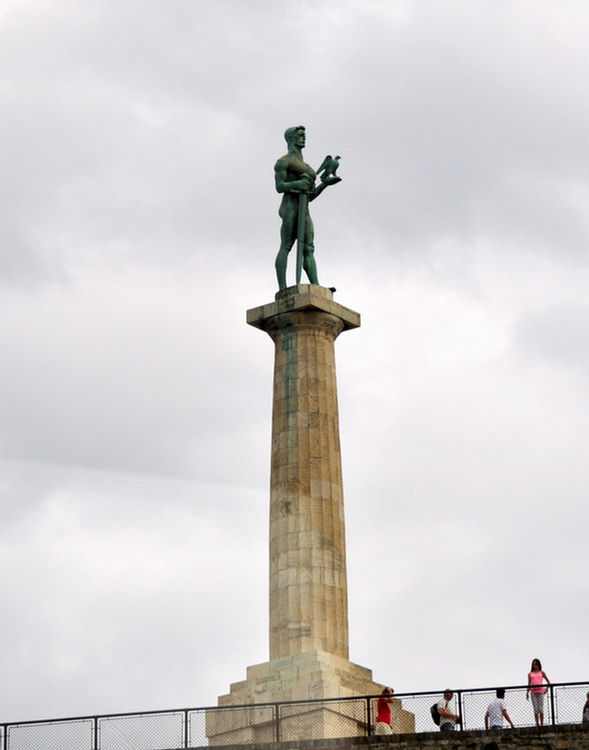

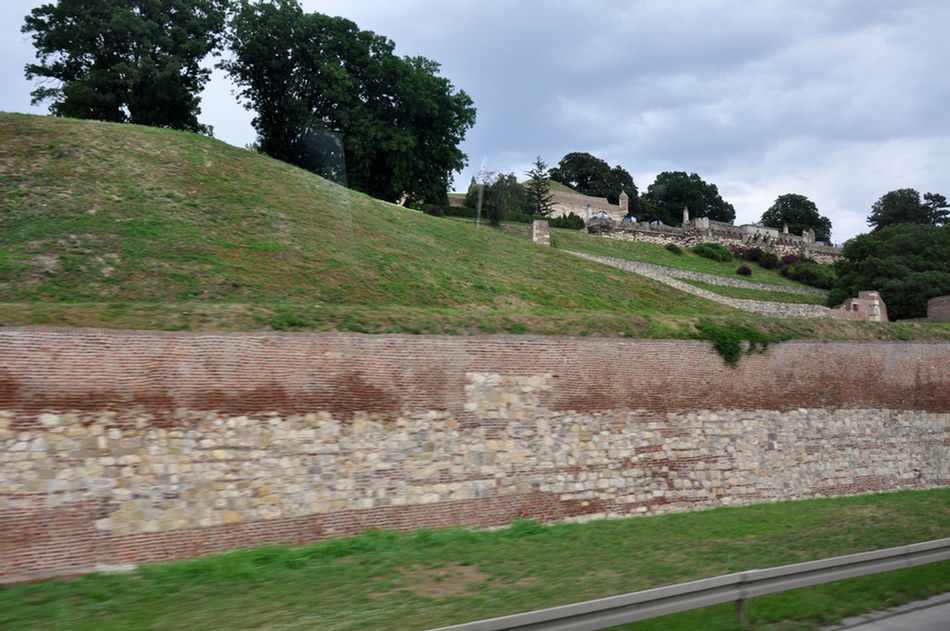
Tito Memorial
Josif Tito was a controversial politician and leader in Yugoslavia from 1943 until his death in 1980.
He was seen by many as a dictator.
Others saw him as a unifying force as his internal policies successfully maintained the peaceful coexistence of the nations of the Yugoslav federation.
After Tito's death in 1980, tensions between the Yugoslav republics emerged and in 1991 the country disintegrated
and went into a series of civil wars and unrest that lasted the rest of the decade and continue to impact most of the former Yugoslav republics.
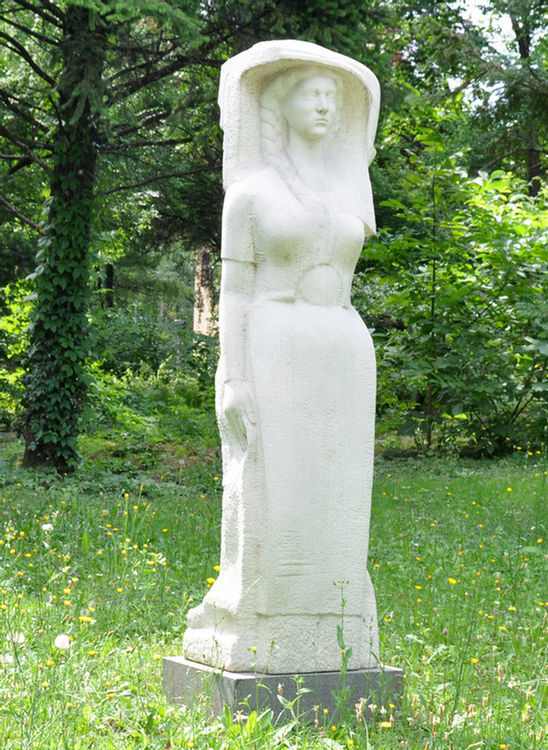
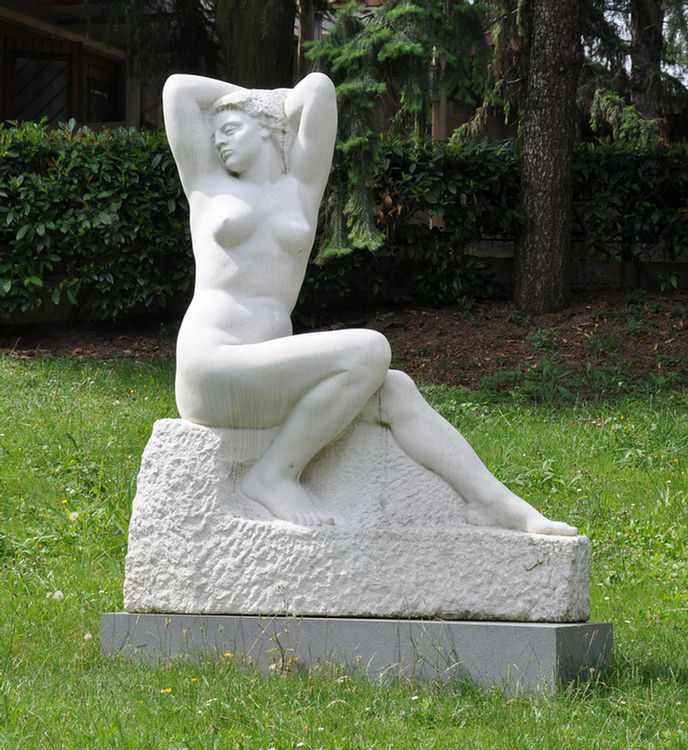
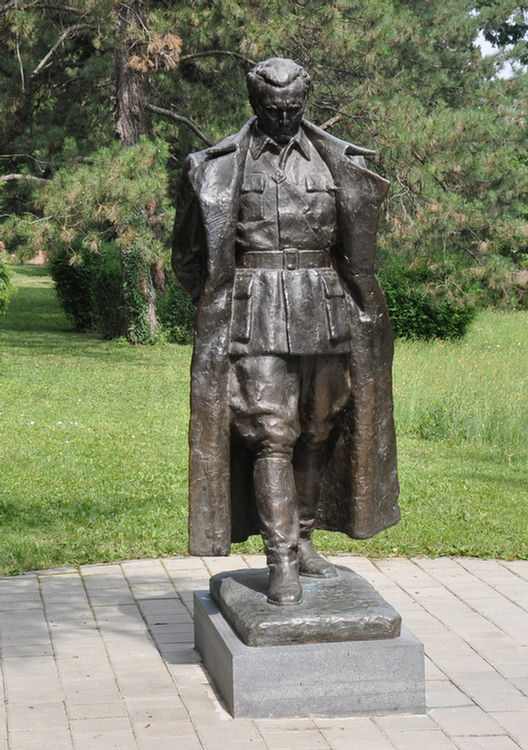
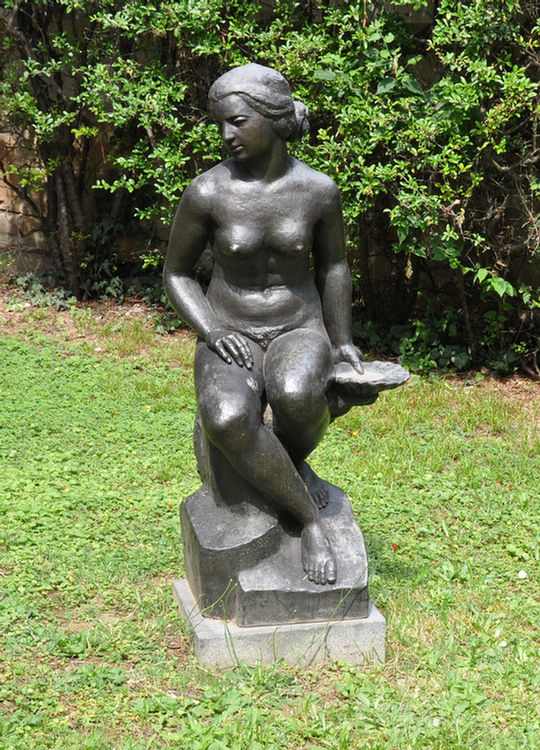
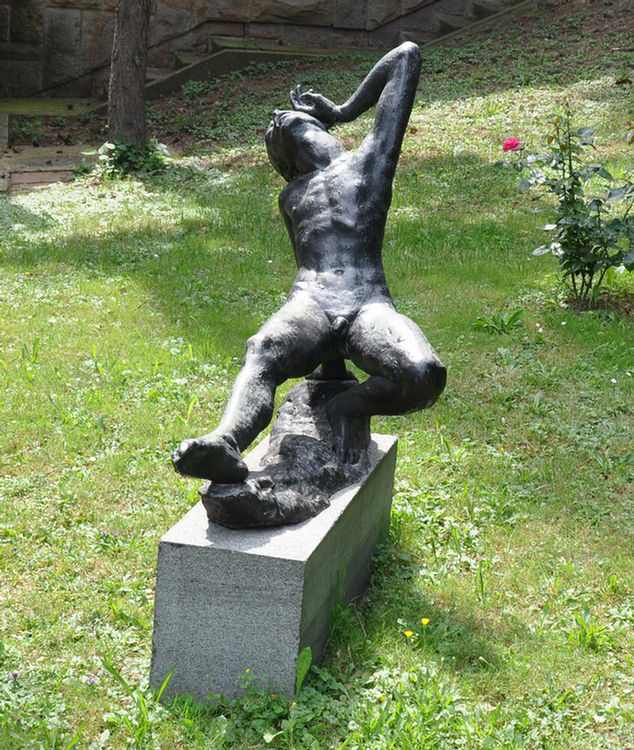
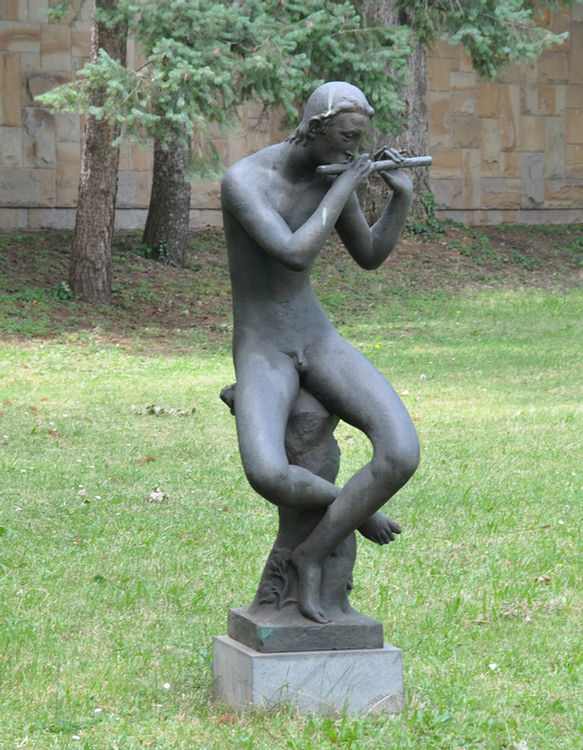
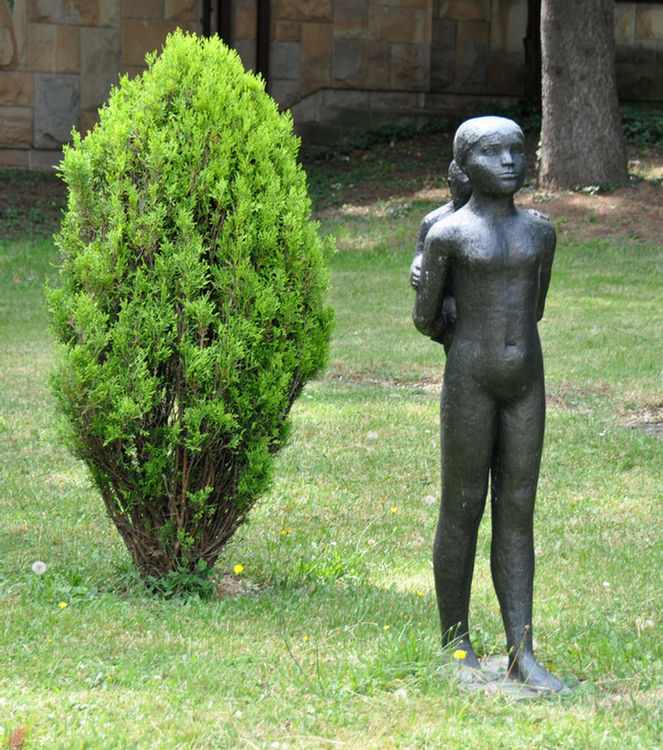
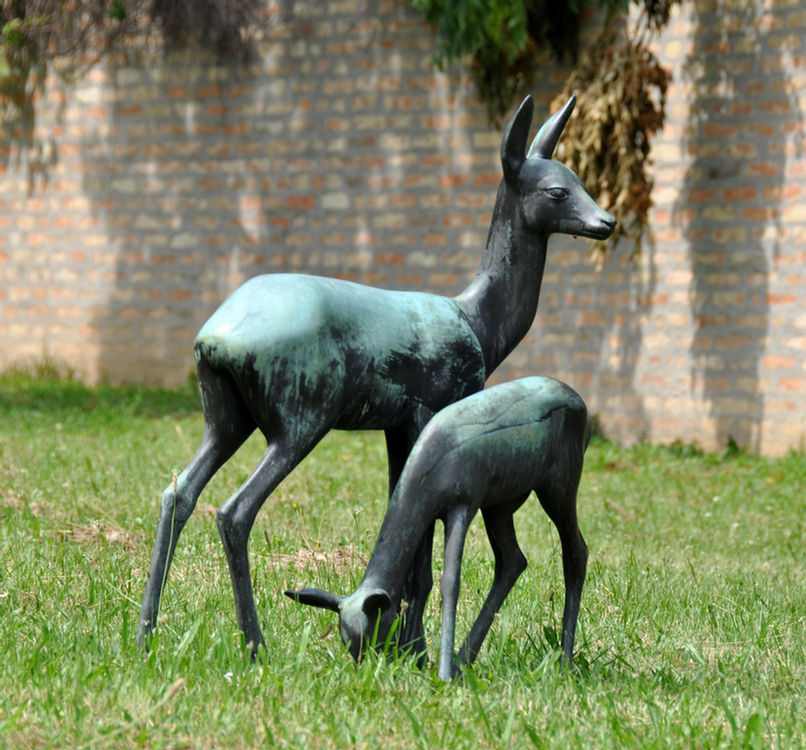
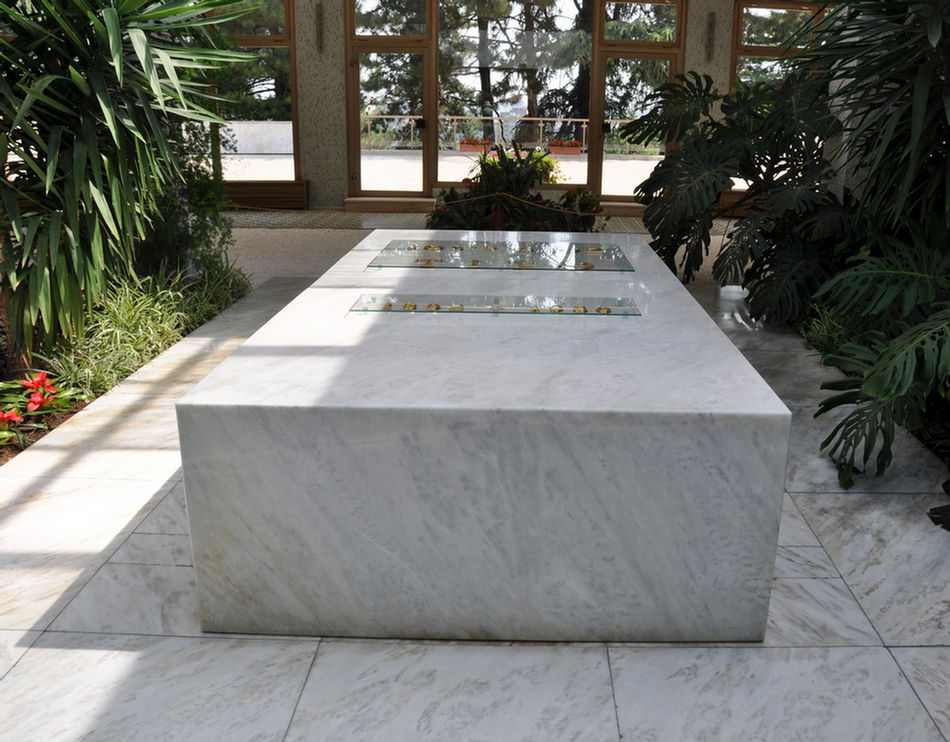
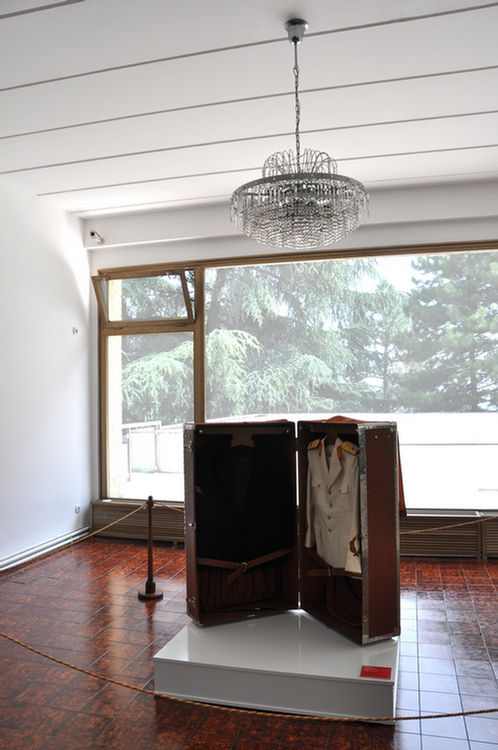
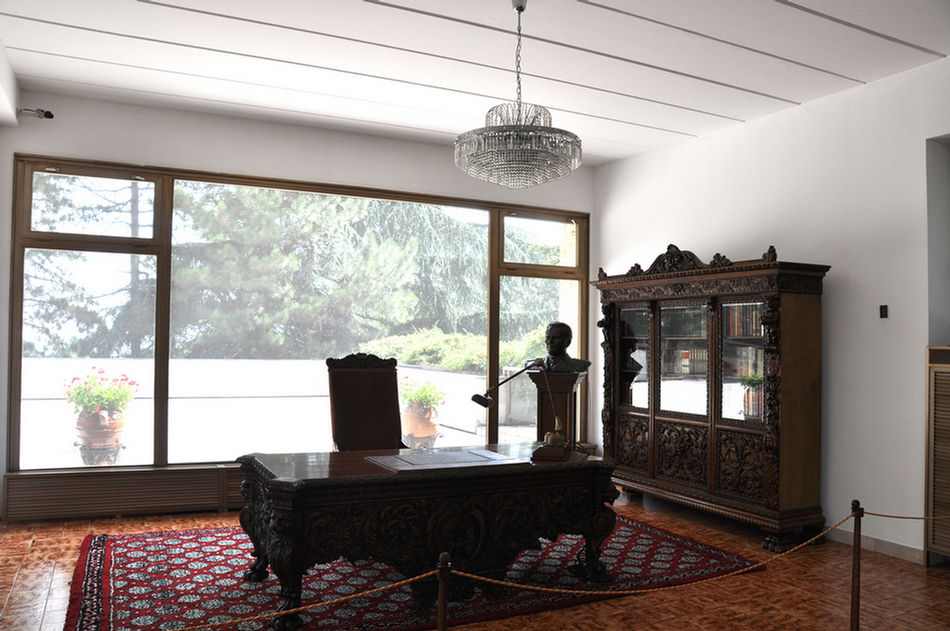
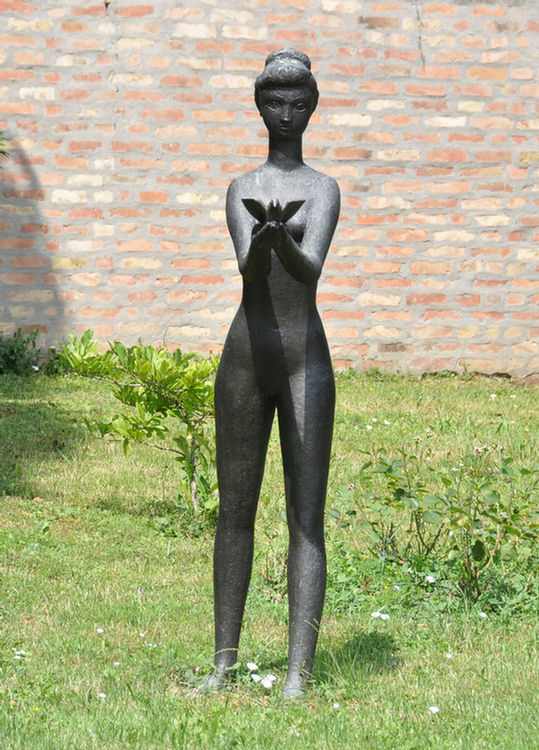
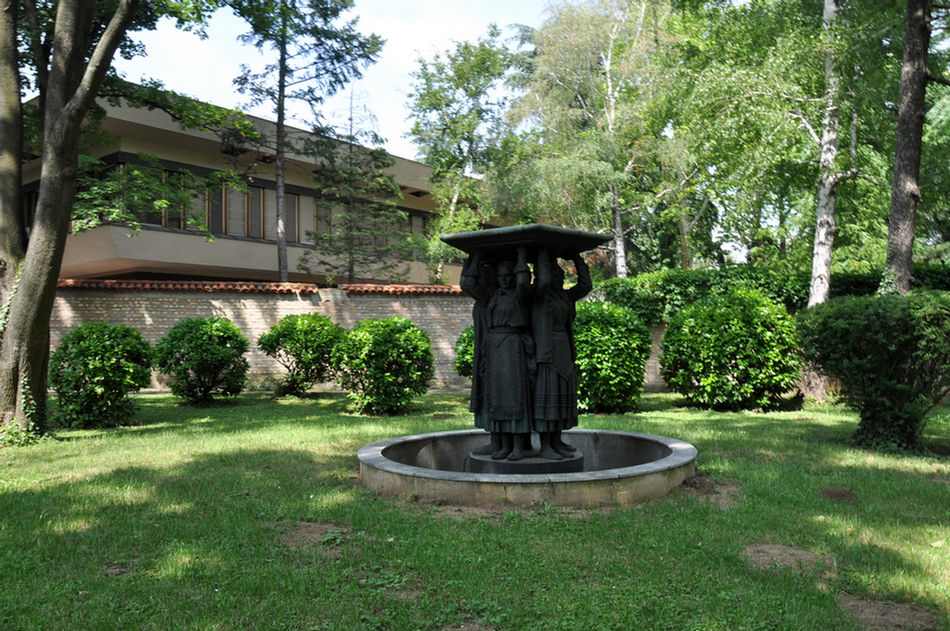
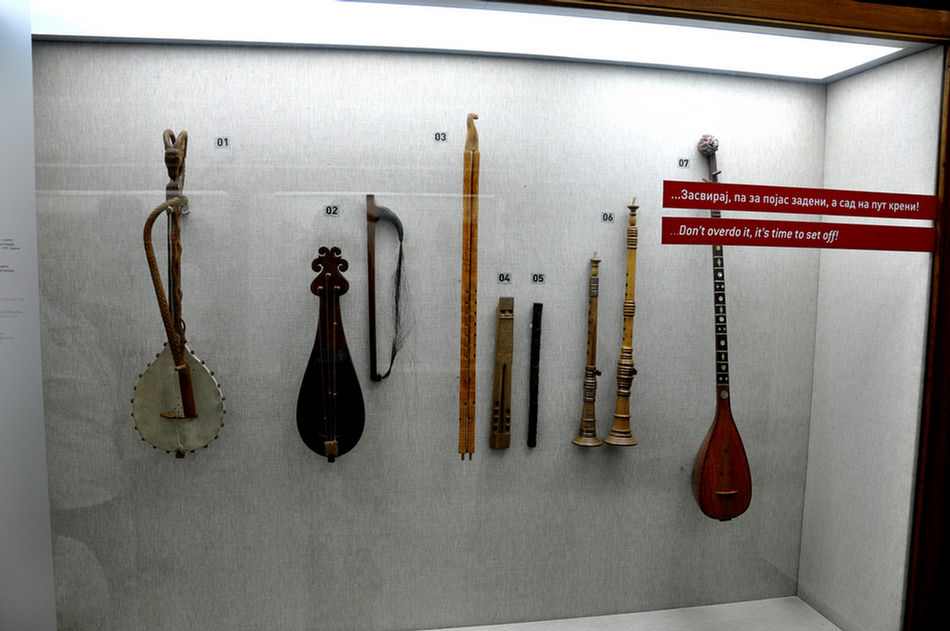
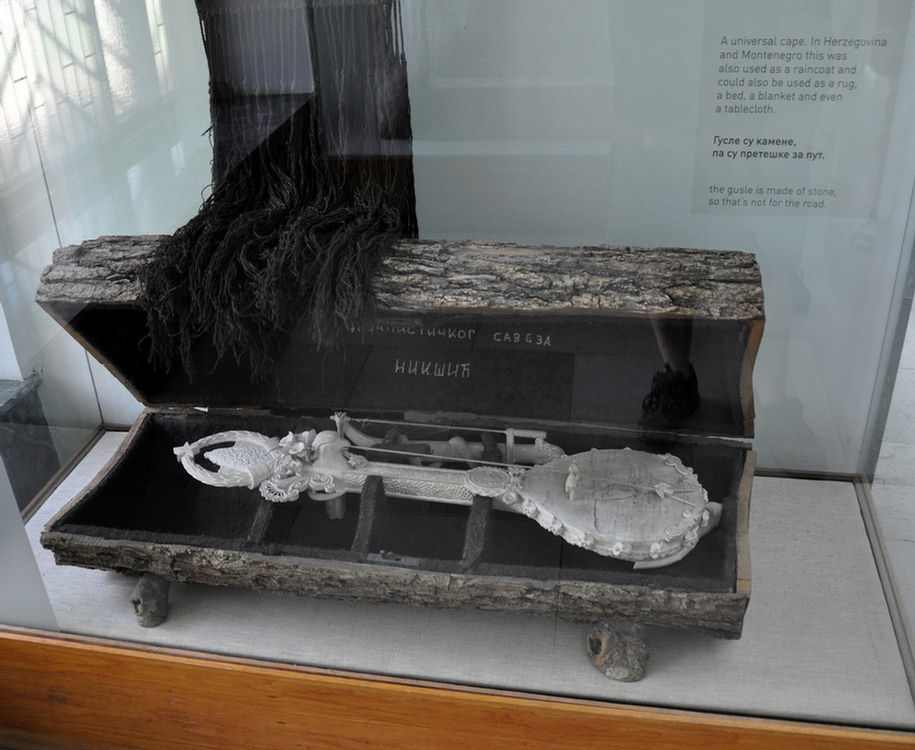
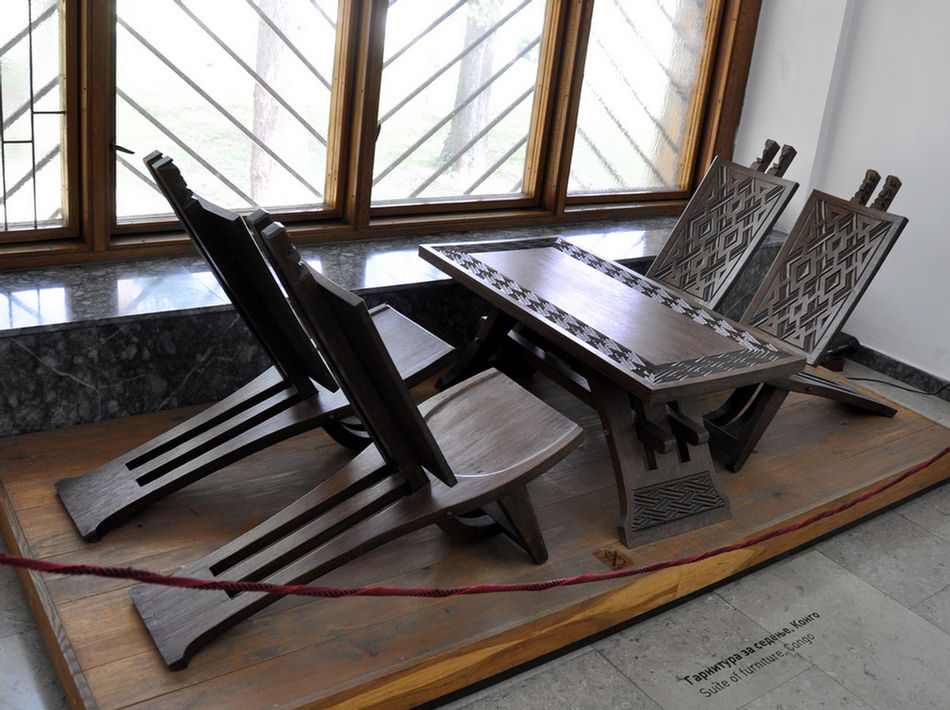
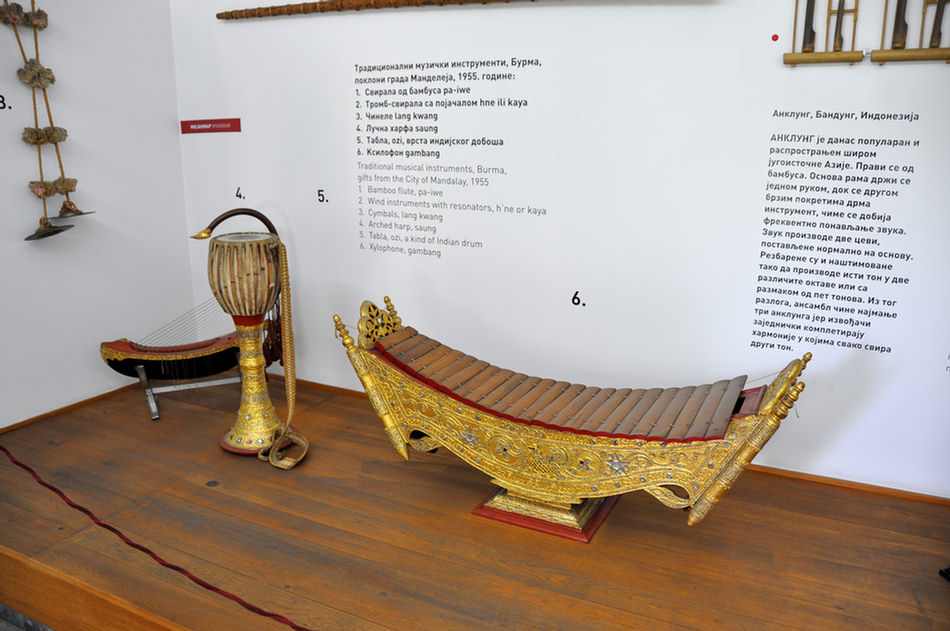

Karadjordjevic Dynasy Palace
In 1804, a wealthy Serbian clan chief and leader George Petrovic, known to his followers as "Karadjordje" ("Black George"),
after his dark looks, led the Serbs in an uprising against the Ottoman Empire which controlled the Balkans at that time.
The Serbian uprising was successful for a while.
Karadjordje established a government in Belgrade and in 1811 was confirmed the lawful ruler of Serbia
and the right of succession was then vested in the family.
In 1813, the Turkish forces recaptured Belgrade and Karadjordje went to Austria.
In 1903, the Parliament of the Kingdom of Serbia requested that Prince Peter Karadjordjevic,
grandson of Black George ascend the throne as King Peter I of Serbia.
In November 1945 the monarchy was illegally abolished without a referendum and Yugoslavia remained
a totalitarian single party state under the League of Communists for more than four decades.
King Peter II (grandson of Peter I), his wife and their son Crown Prince Alexander (born 17 July 1945 in London)
were stripped of their citizenship and rights by the communist regime in 1947 and banned from returning to Yugoslavia.
King Peter II never abdicated and remained in exile for the rest of his life.
The Royal Palace was built in extensive park-like grounds on the outskirts of Belgrade and completed in 1929.
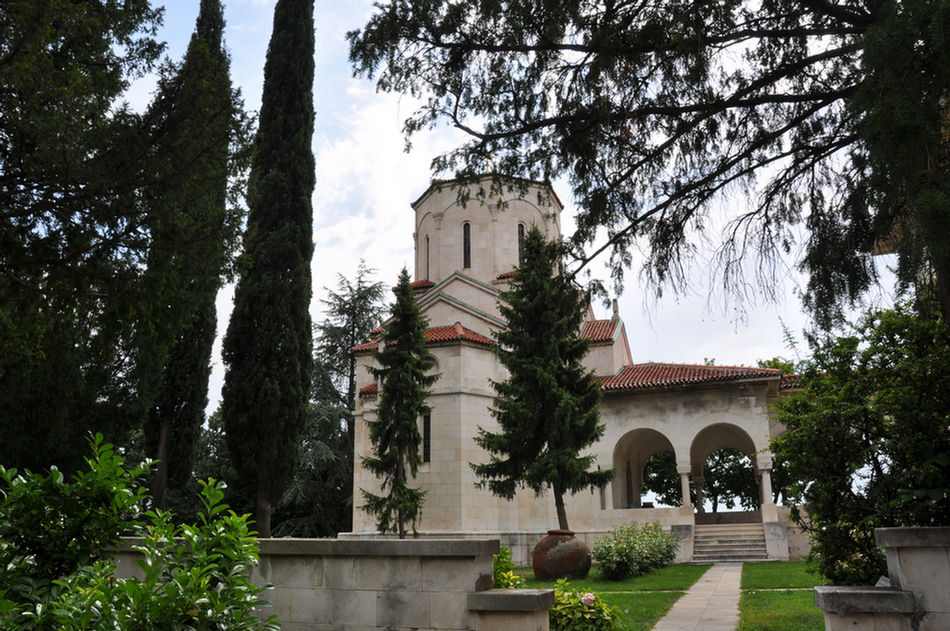
Firstly to the Chapel

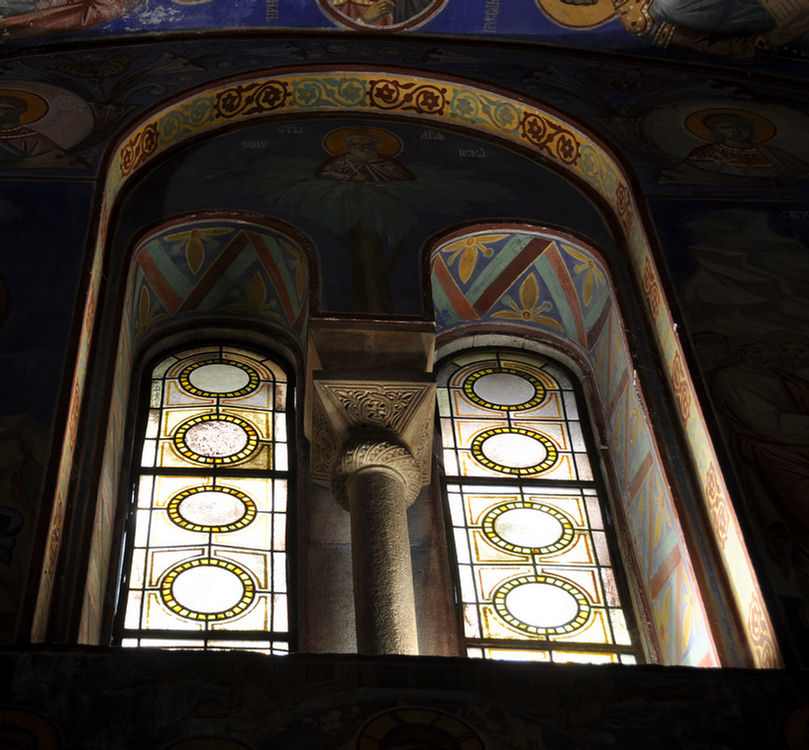
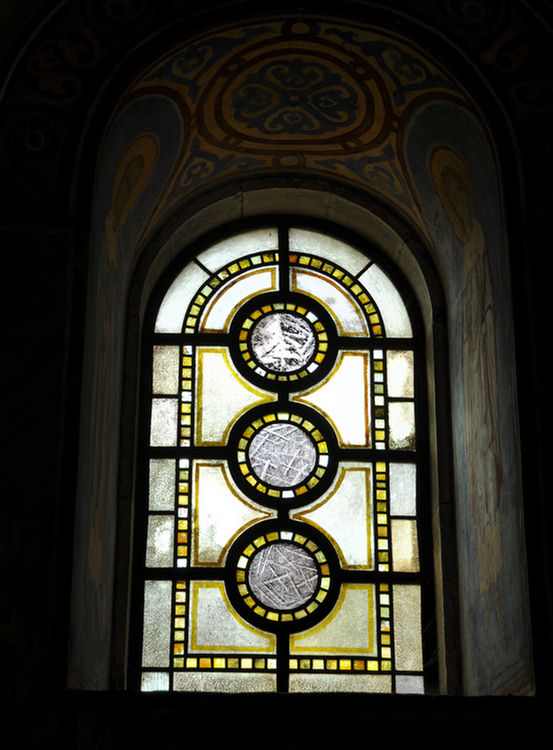
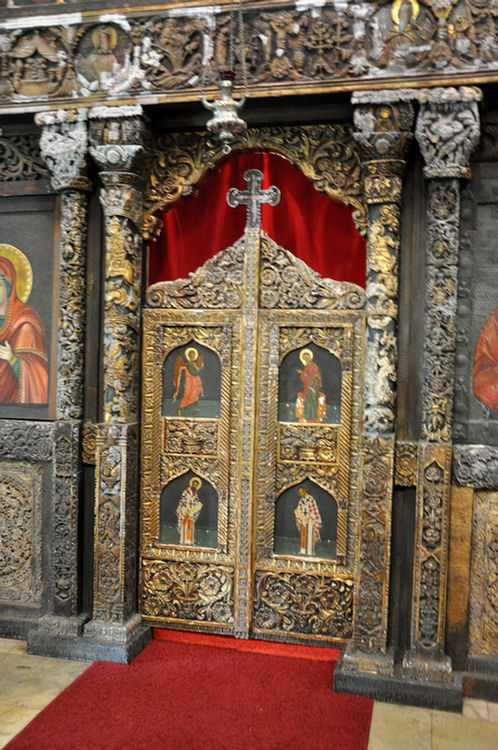
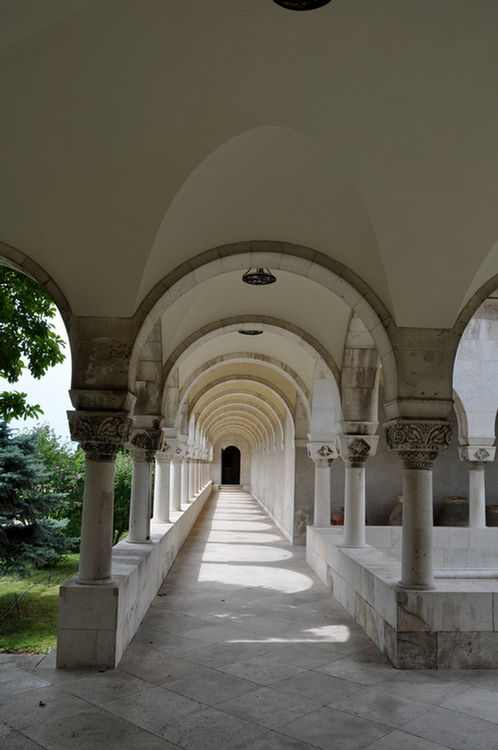
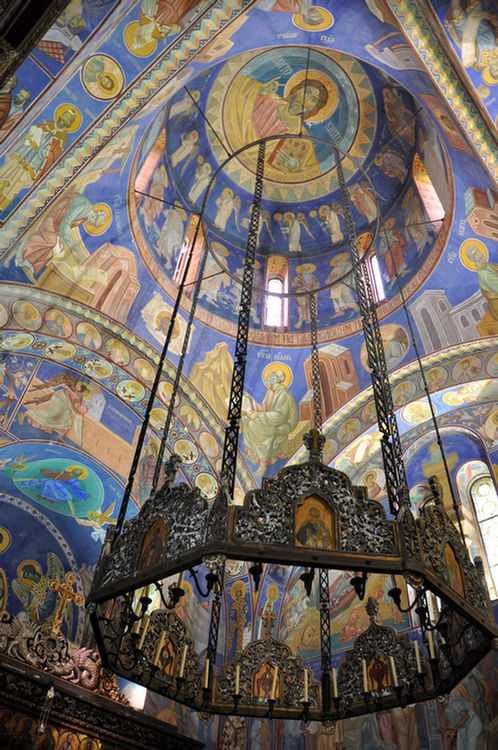
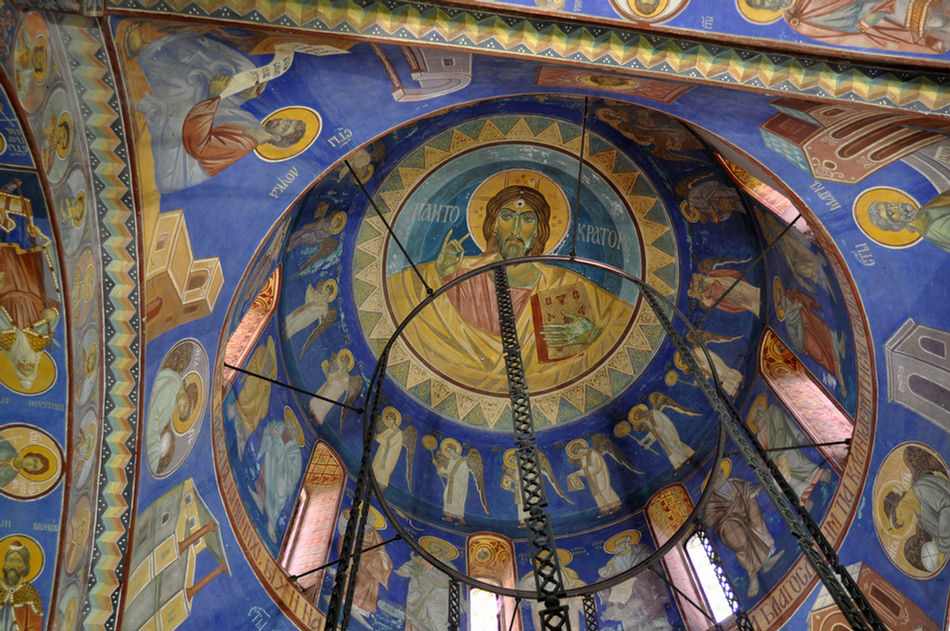
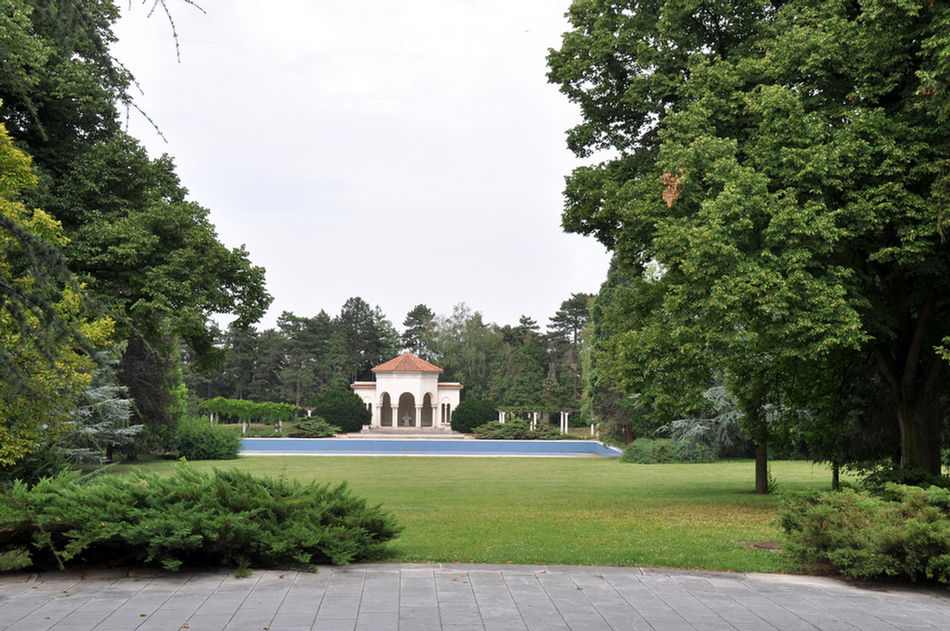
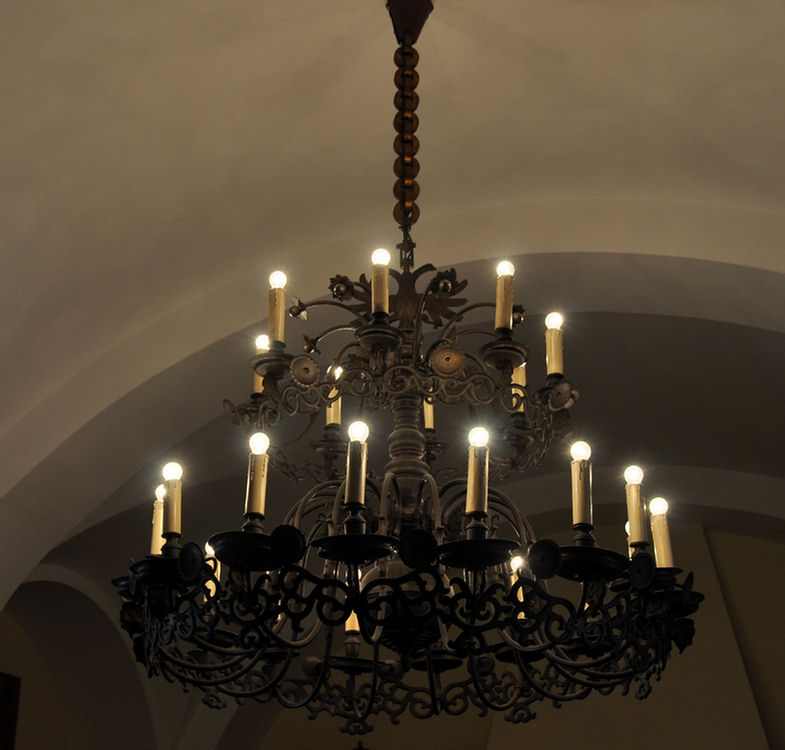

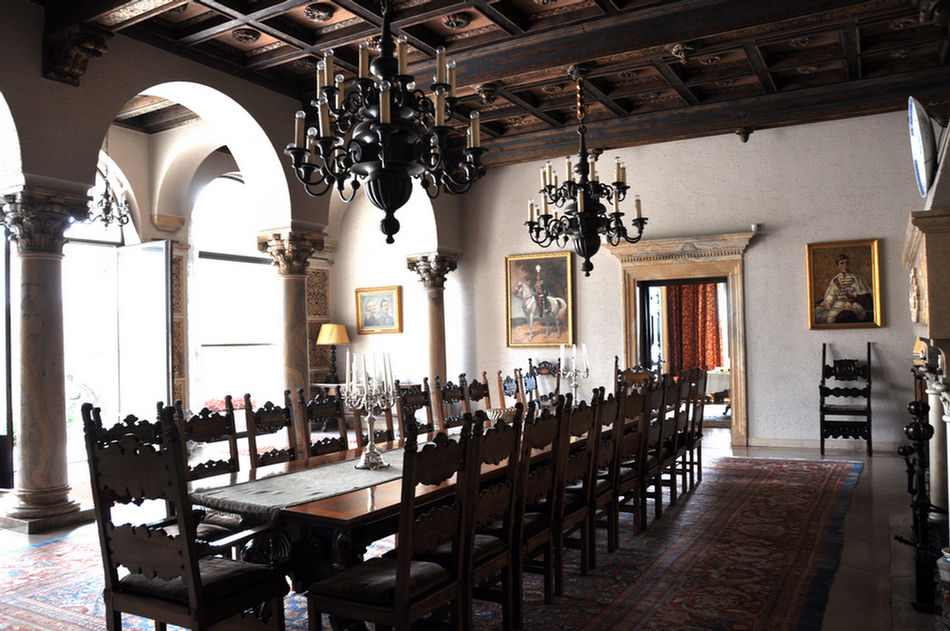
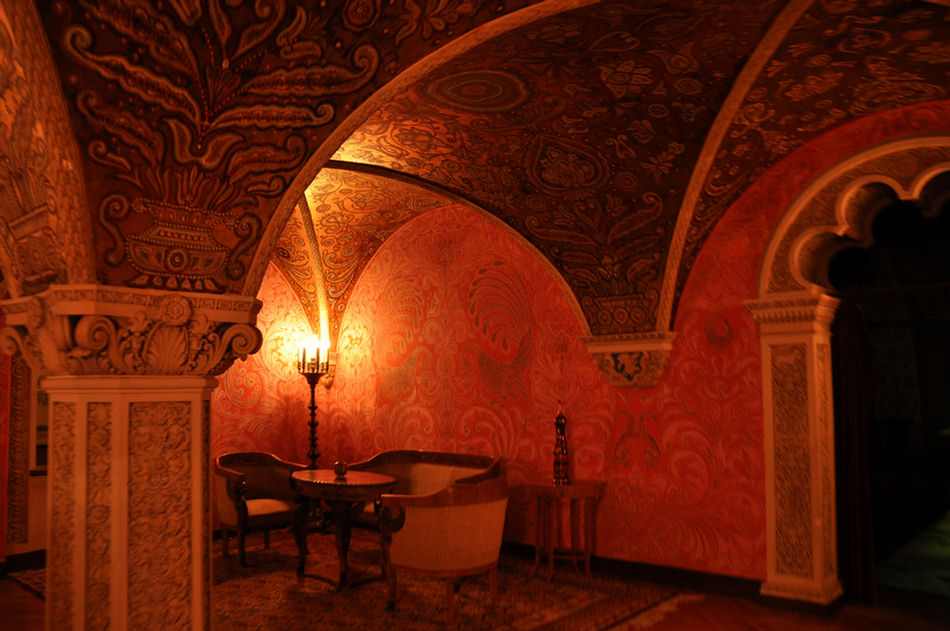
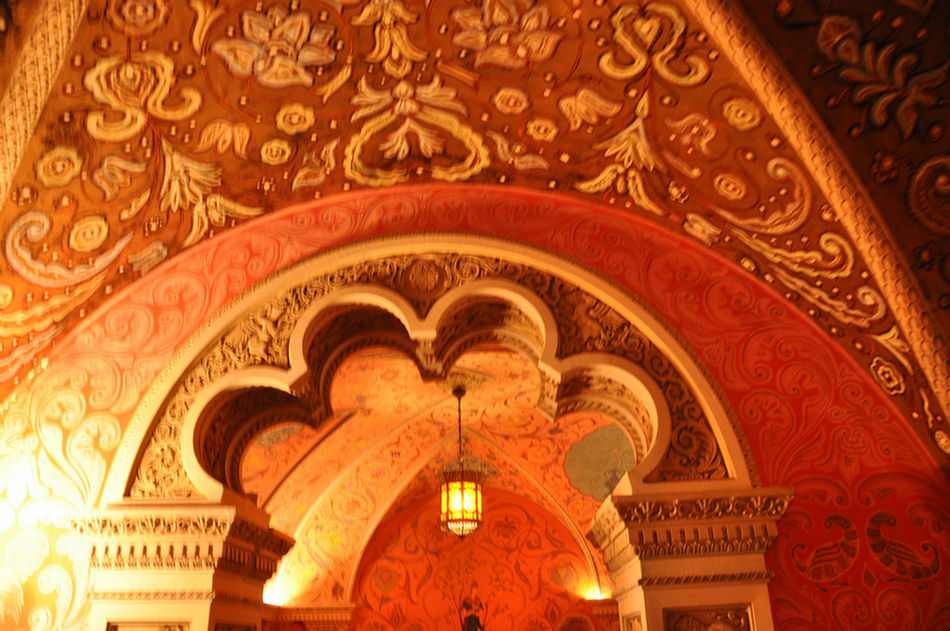
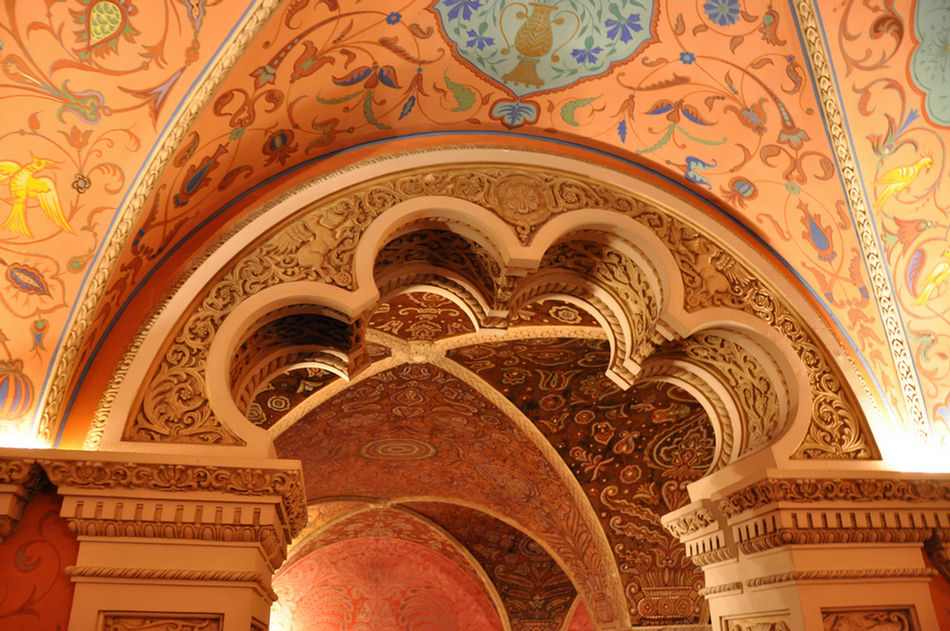
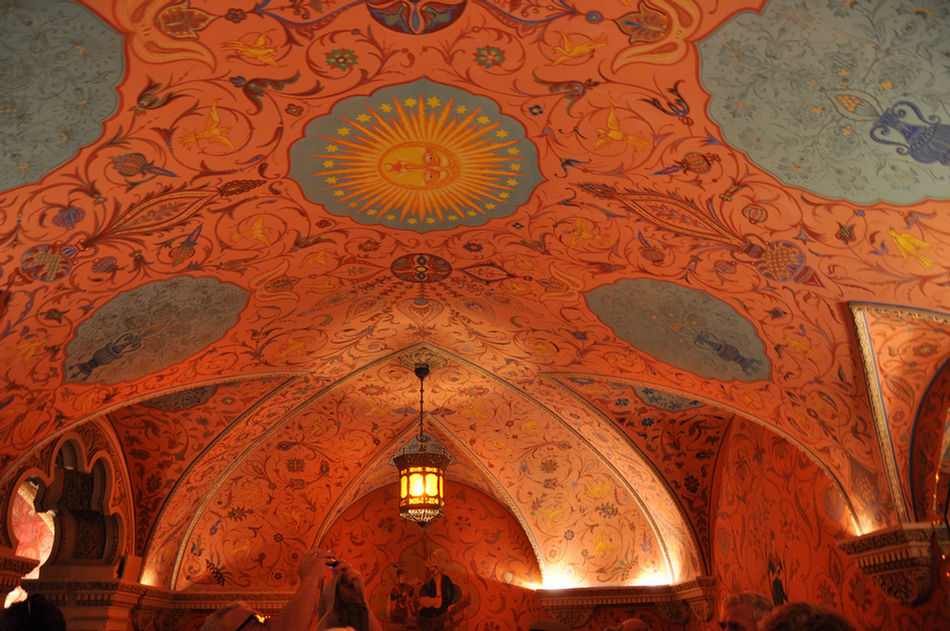
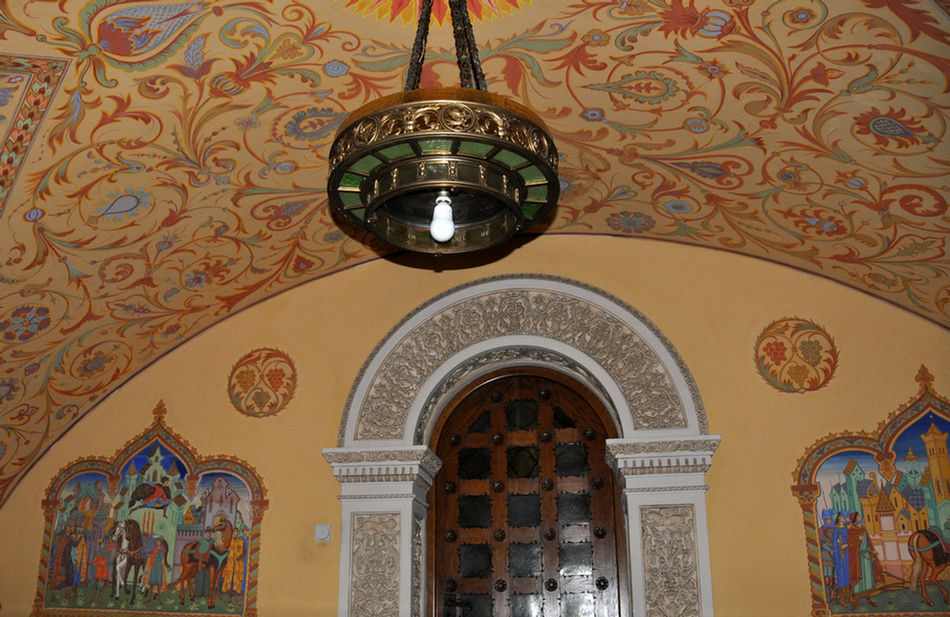
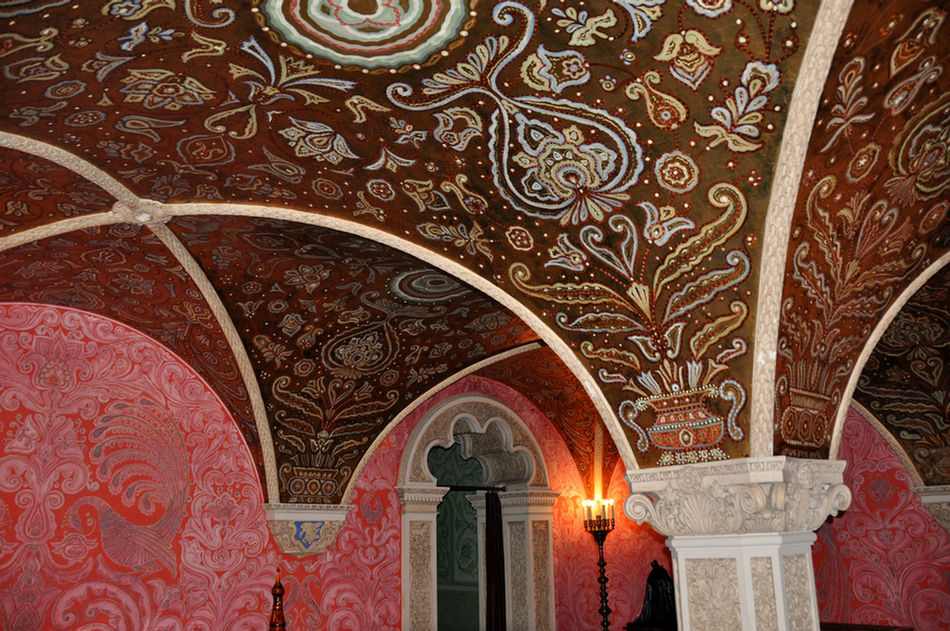
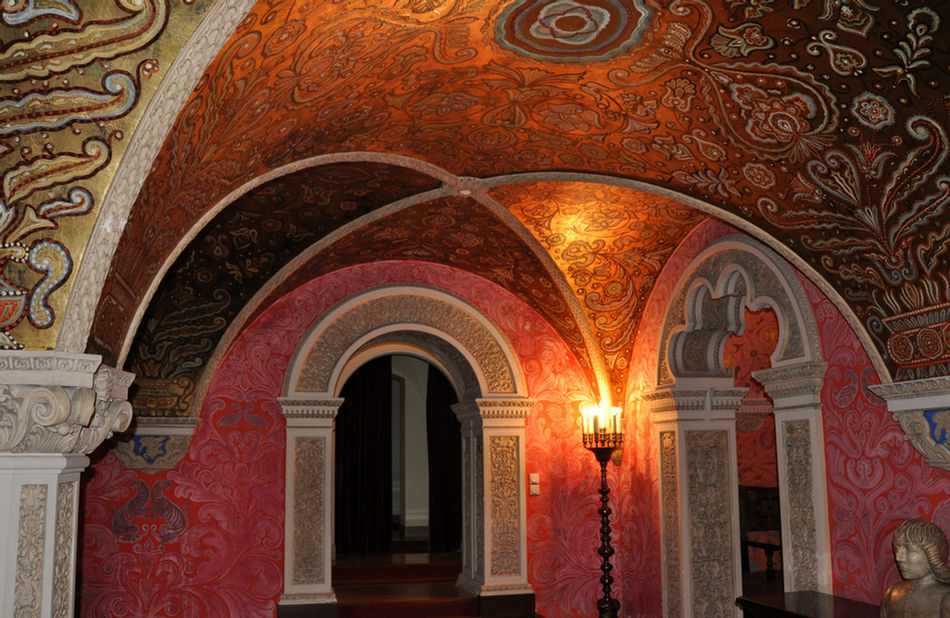

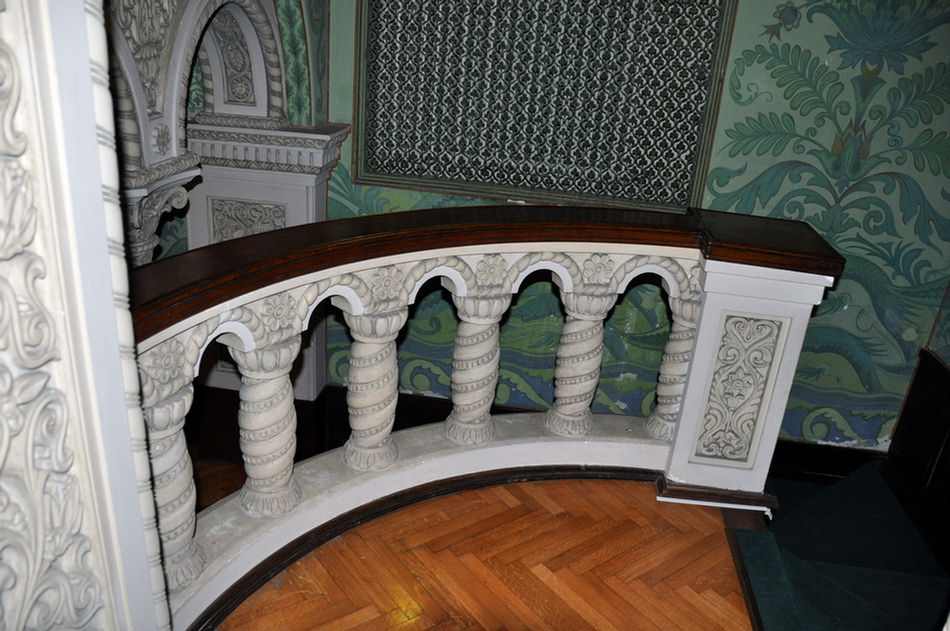
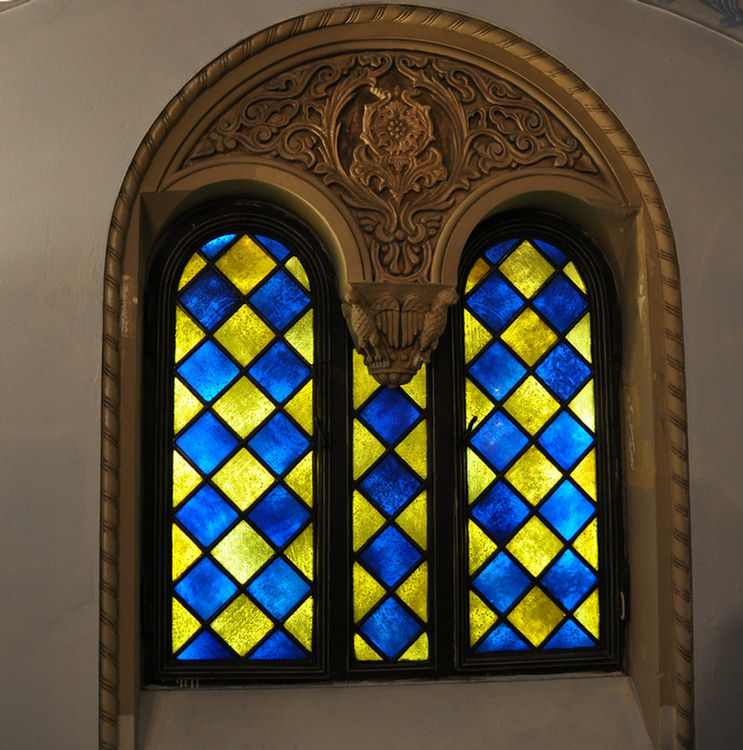
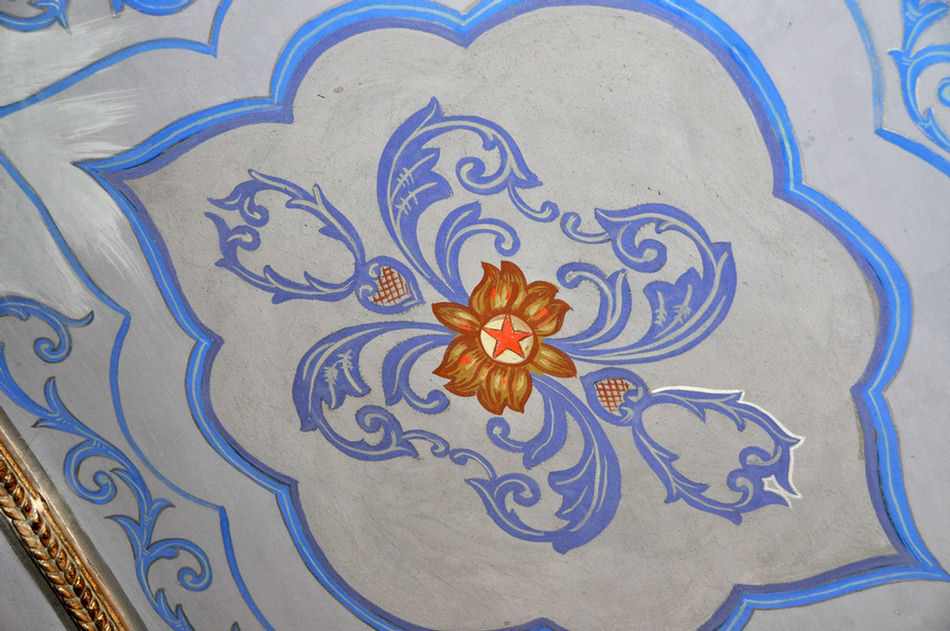
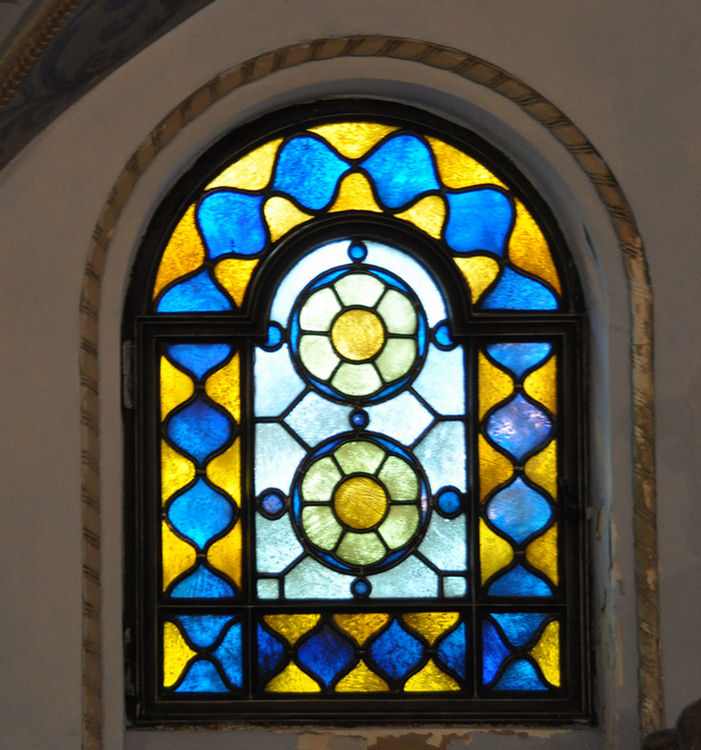
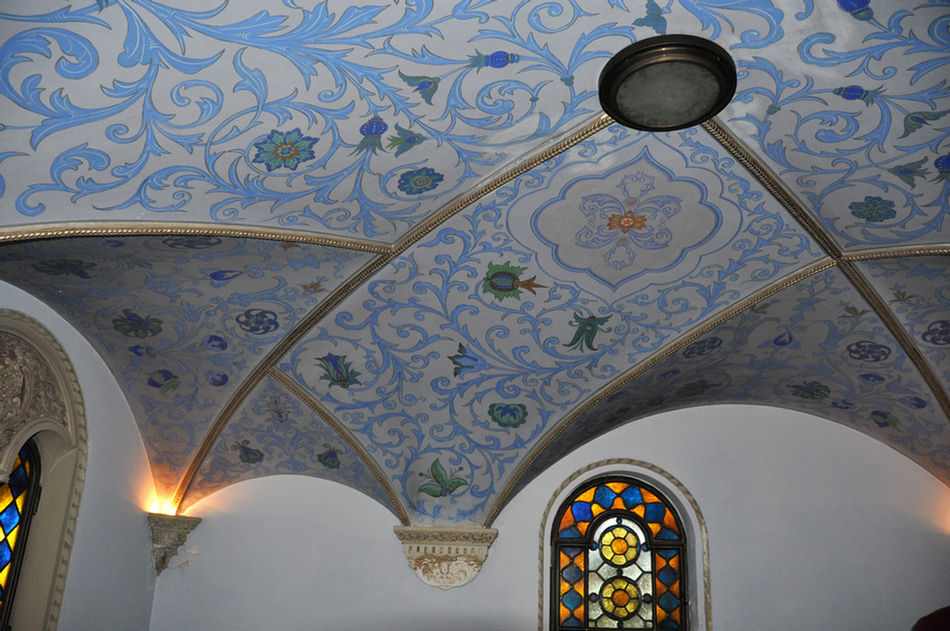
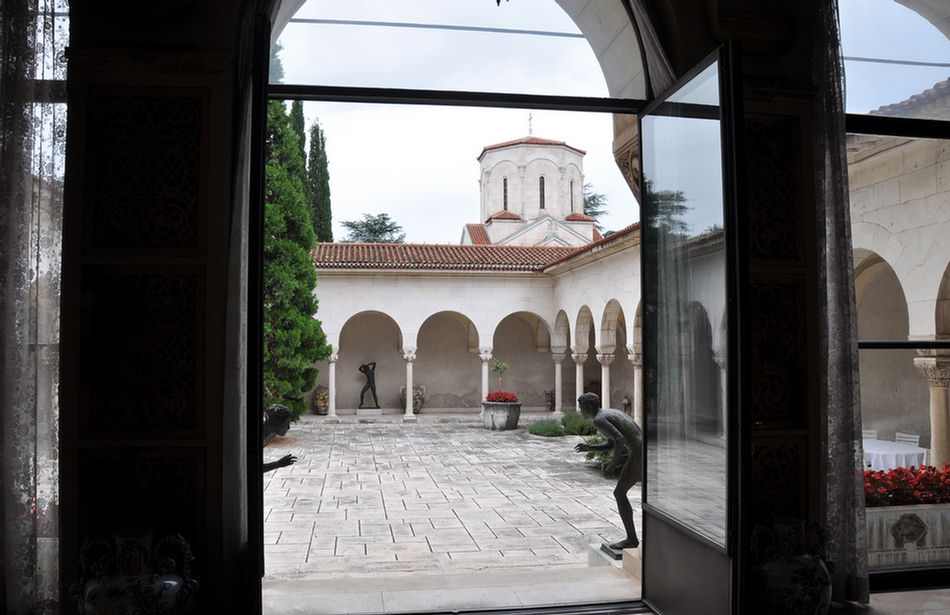
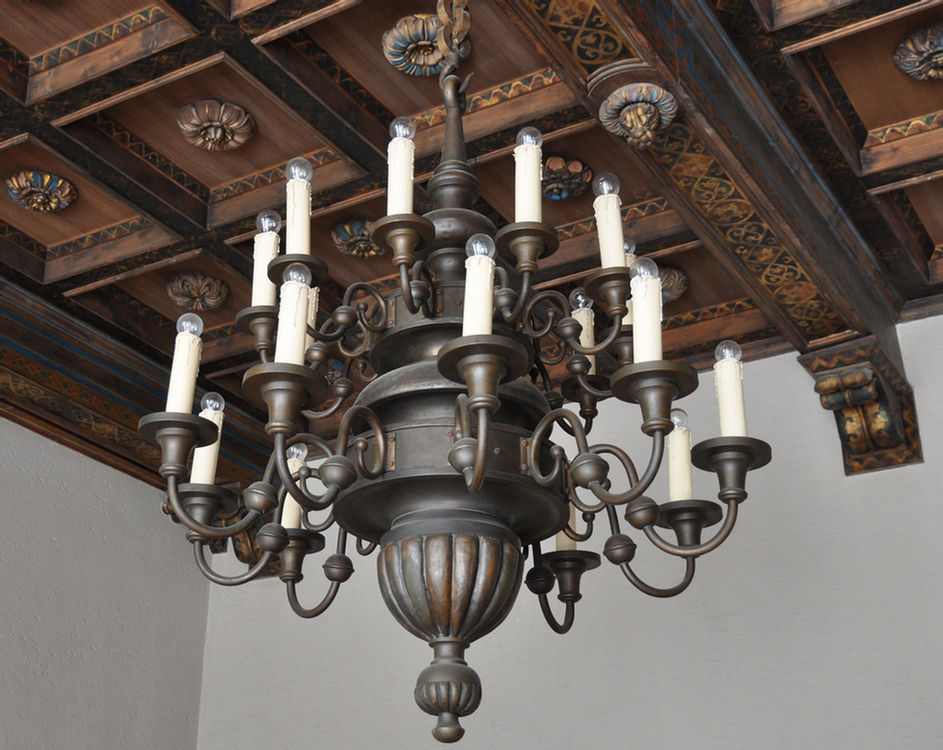
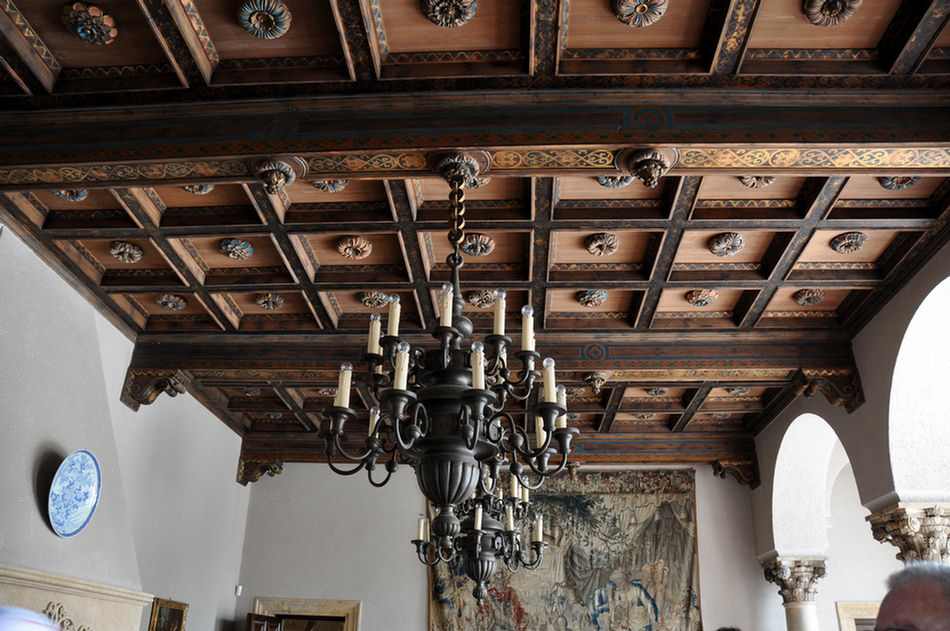
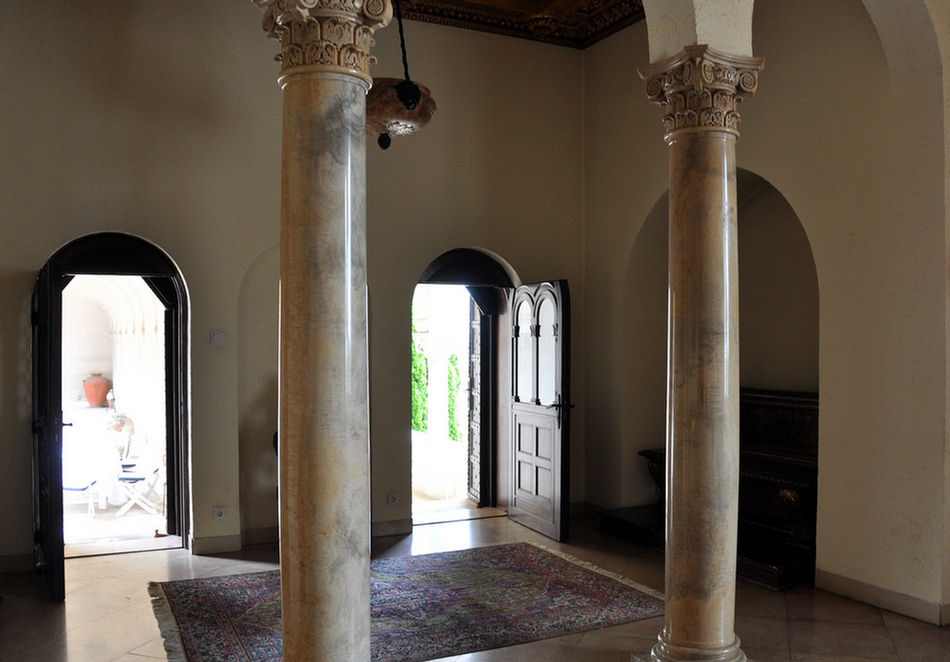
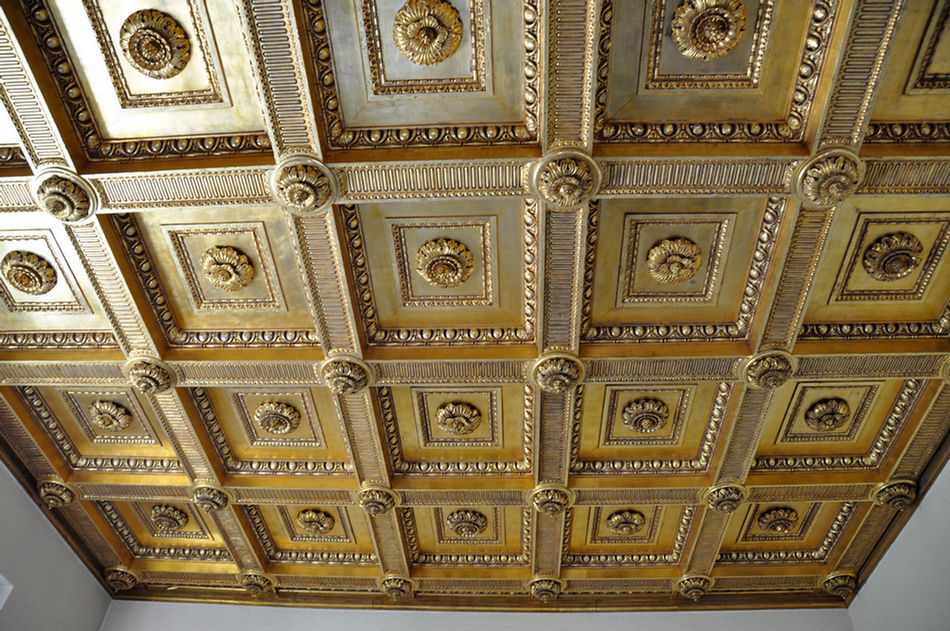
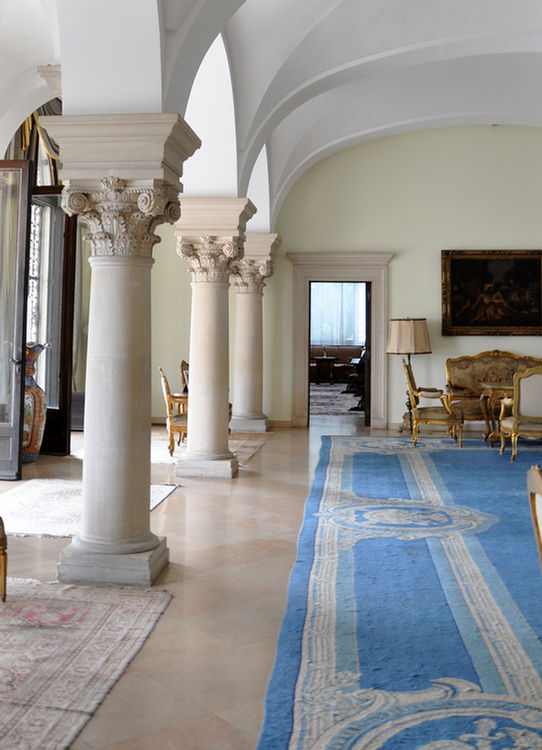
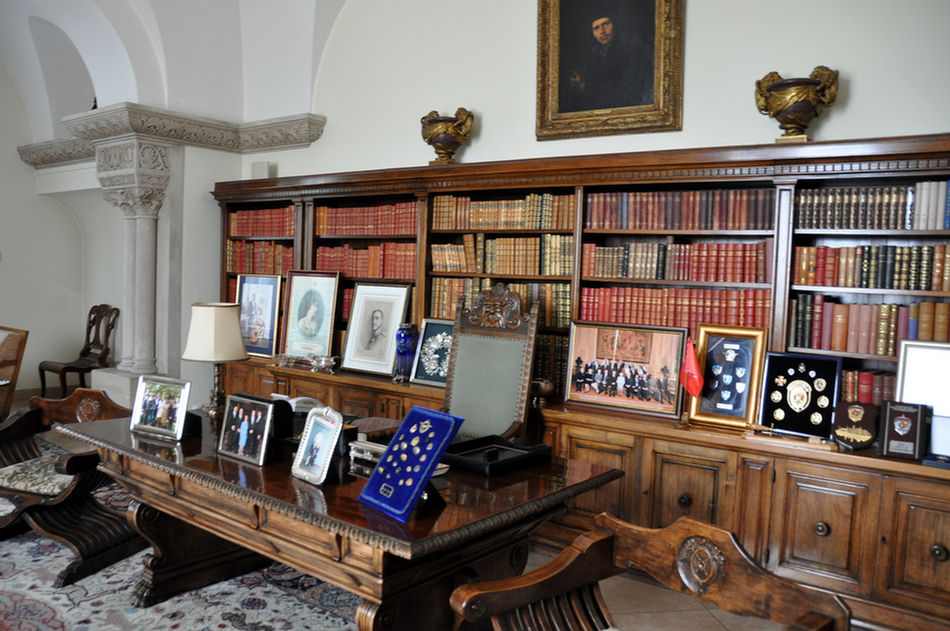
In 2001, Crown Prince Alexander and his wife Katherine came to Sebia and spent their first night in the palace,
56 years after he was born in exile in a London hotel.
His family now occupy the top floor (not open to visitors).
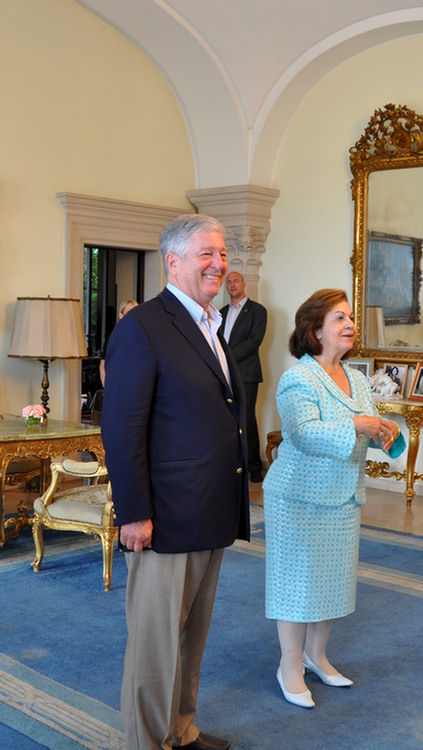
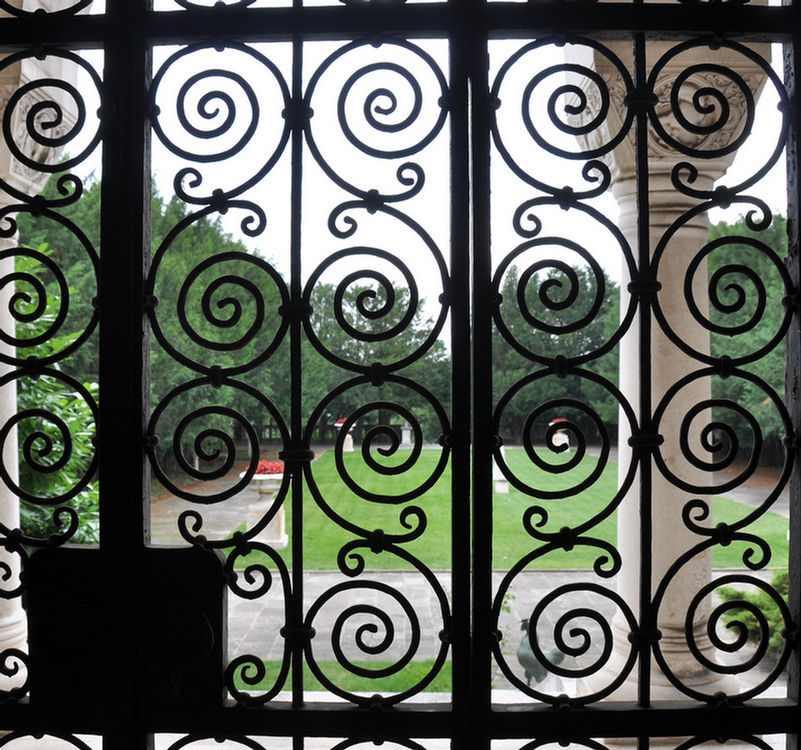
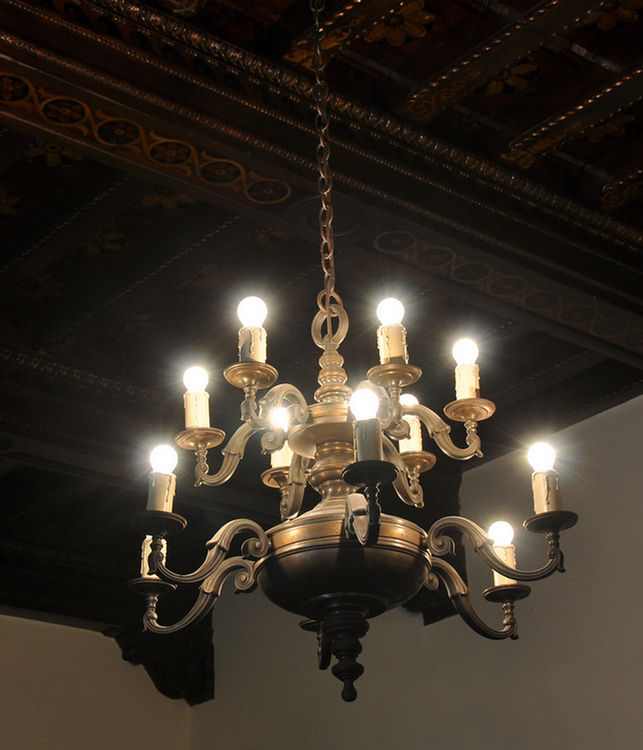
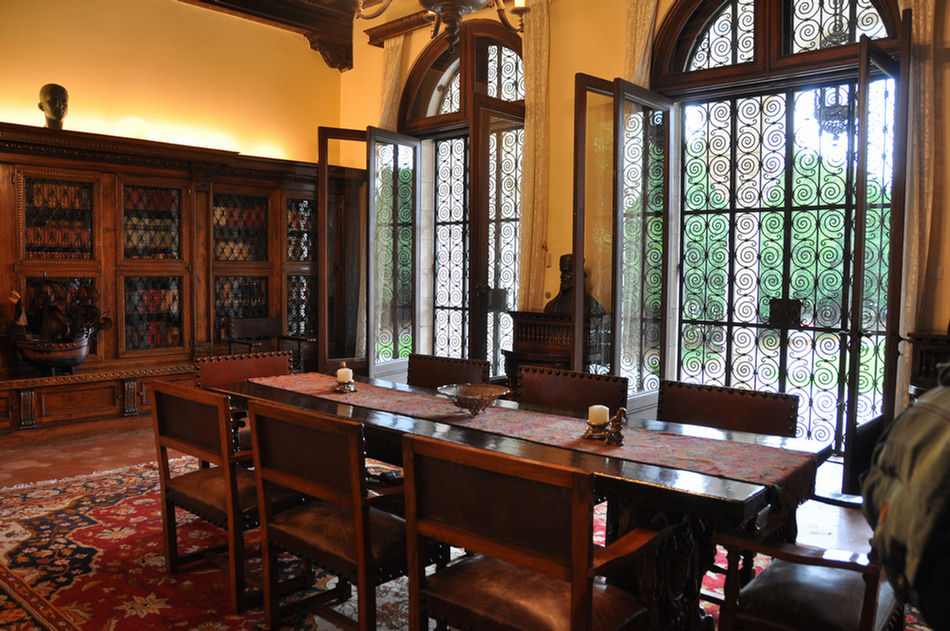
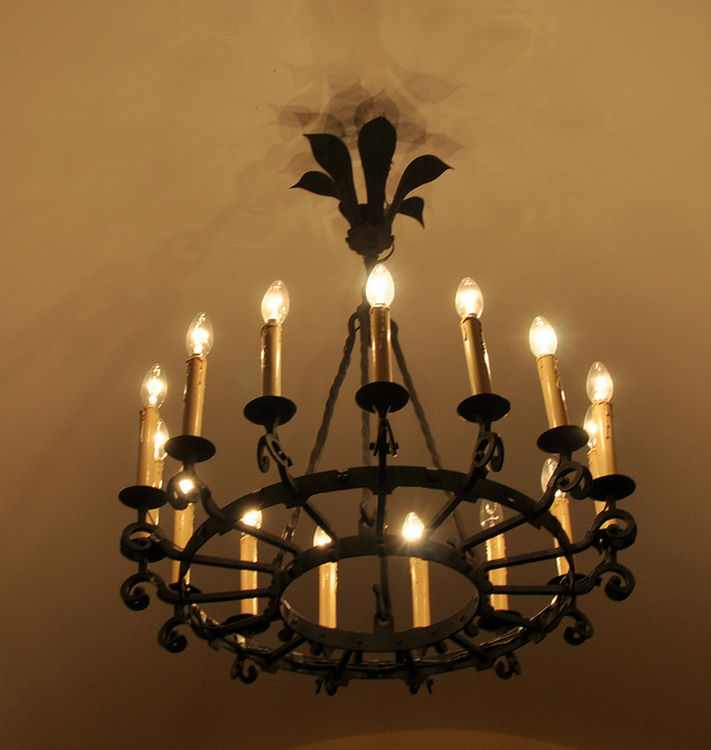
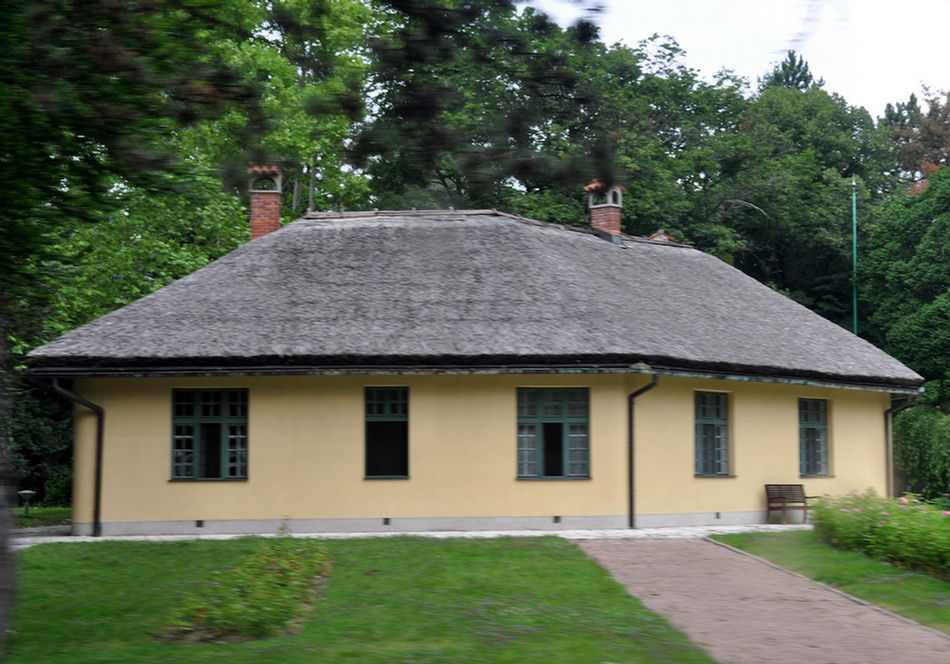
We visited Serbia on our 48-day Melbourne – Dubai – Dublin – Ireland – Amsterdam –
Rhine-Main-Danube River cruise – Istanbul – Dubai - Melbourne trip in June 2014.
On day 23 of our 27-day Rhine-Danube River cruise we stopped off at Belgrade.
We spent a day in Serbia.
Belgrade is the capital of Serbia.
Belgrade means "white fortress" or "white town" from the nearby white cliffs.
Romans, Serbs, Ottomans and Hapsburgs have occupied th city in the past.
Belgrade was badly damaged during the wars involving the breakup of Yugoslavia in the 1990s.














We visited the Kalemegdan Fortress on the confluence of the Danube River and the Sava River.
Belgrade is located on the Danube River near where there are pathways through the mountain ranges,
so it is in a very strategic position.
Belgrade has been captured 43 times in its history!

They have used the former moats for their tennis courts





































Tito Memorial
Josif Tito was a controversial politician and leader in Yugoslavia from 1943 until his death in 1980.
He was seen by many as a dictator.
Others saw him as a unifying force as his internal policies successfully maintained the peaceful coexistence of the nations of the Yugoslav federation.
After Tito's death in 1980, tensions between the Yugoslav republics emerged and in 1991 the country disintegrated
and went into a series of civil wars and unrest that lasted the rest of the decade and continue to impact most of the former Yugoslav republics.

















Karadjordjevic Dynasy Palace
In 1804, a wealthy Serbian clan chief and leader George Petrovic, known to his followers as "Karadjordje" ("Black George"),
after his dark looks, led the Serbs in an uprising against the Ottoman Empire which controlled the Balkans at that time.
The Serbian uprising was successful for a while.
Karadjordje established a government in Belgrade and in 1811 was confirmed the lawful ruler of Serbia
and the right of succession was then vested in the family.
In 1813, the Turkish forces recaptured Belgrade and Karadjordje went to Austria.
In 1903, the Parliament of the Kingdom of Serbia requested that Prince Peter Karadjordjevic,
grandson of Black George ascend the throne as King Peter I of Serbia.
In November 1945 the monarchy was illegally abolished without a referendum and Yugoslavia remained
a totalitarian single party state under the League of Communists for more than four decades.
King Peter II (grandson of Peter I), his wife and their son Crown Prince Alexander (born 17 July 1945 in London)
were stripped of their citizenship and rights by the communist regime in 1947 and banned from returning to Yugoslavia.
King Peter II never abdicated and remained in exile for the rest of his life.
The Royal Palace was built in extensive park-like grounds on the outskirts of Belgrade and completed in 1929.

Firstly to the Chapel































In 2001, Crown Prince Alexander and his wife Katherine came to Sebia and spent their first night in the palace,
56 years after he was born in exile in a London hotel.
His family now occupy the top floor (not open to visitors).





